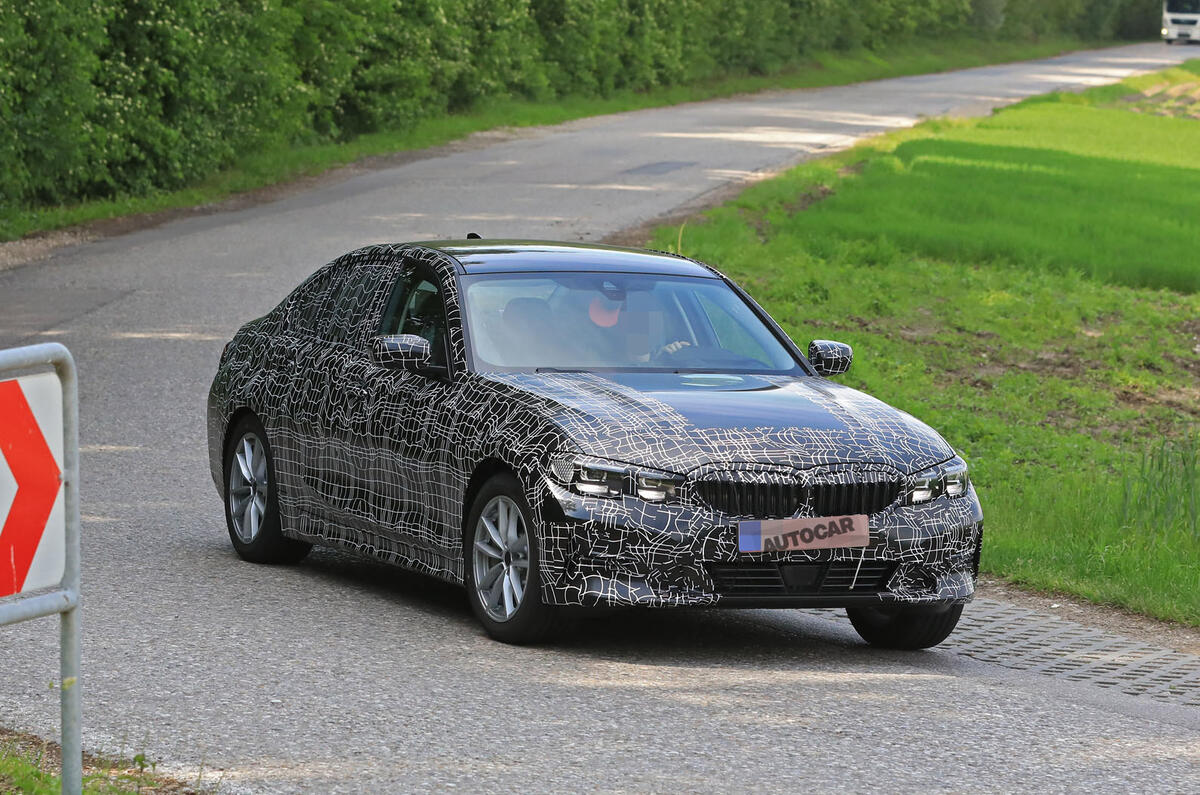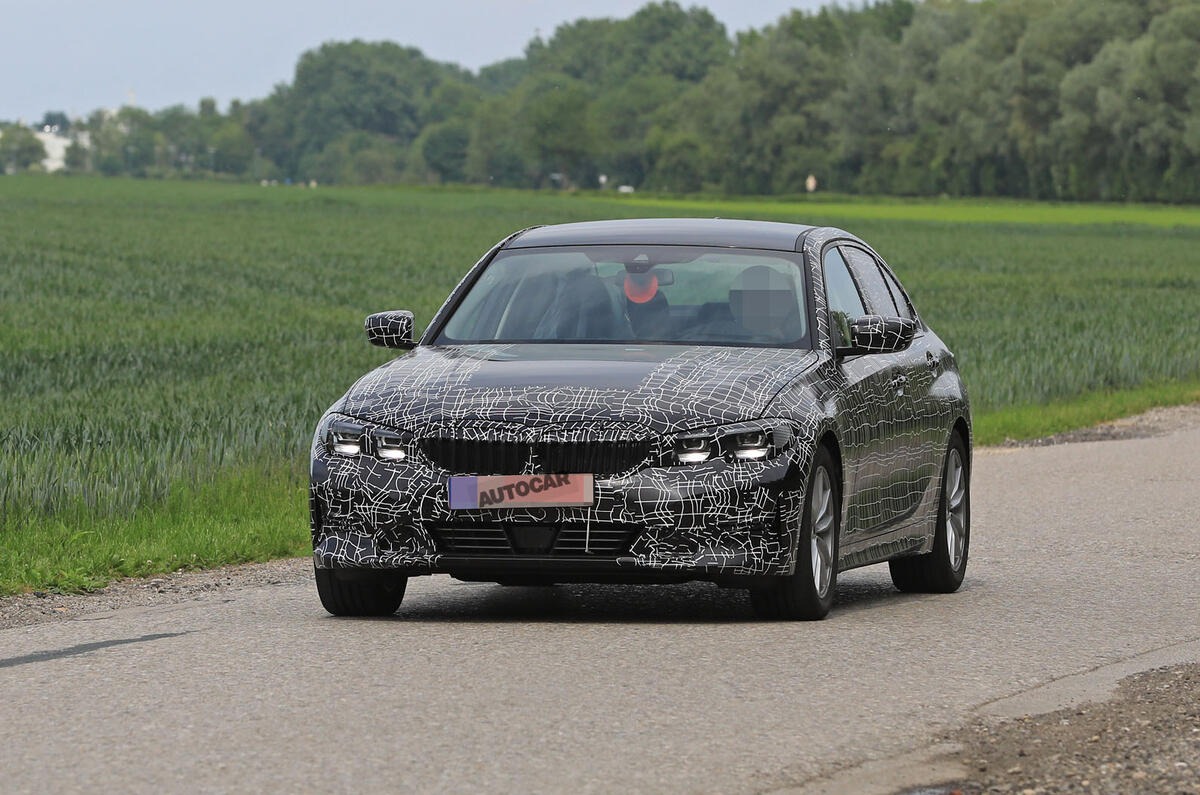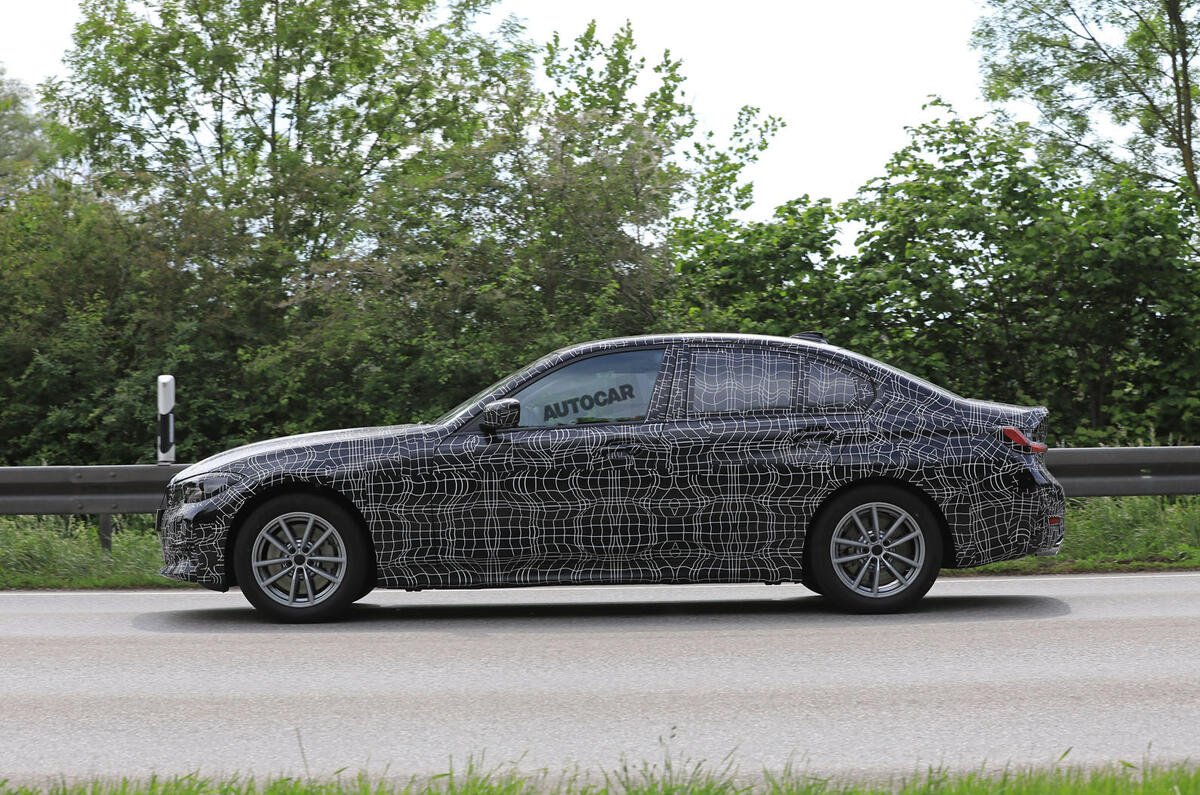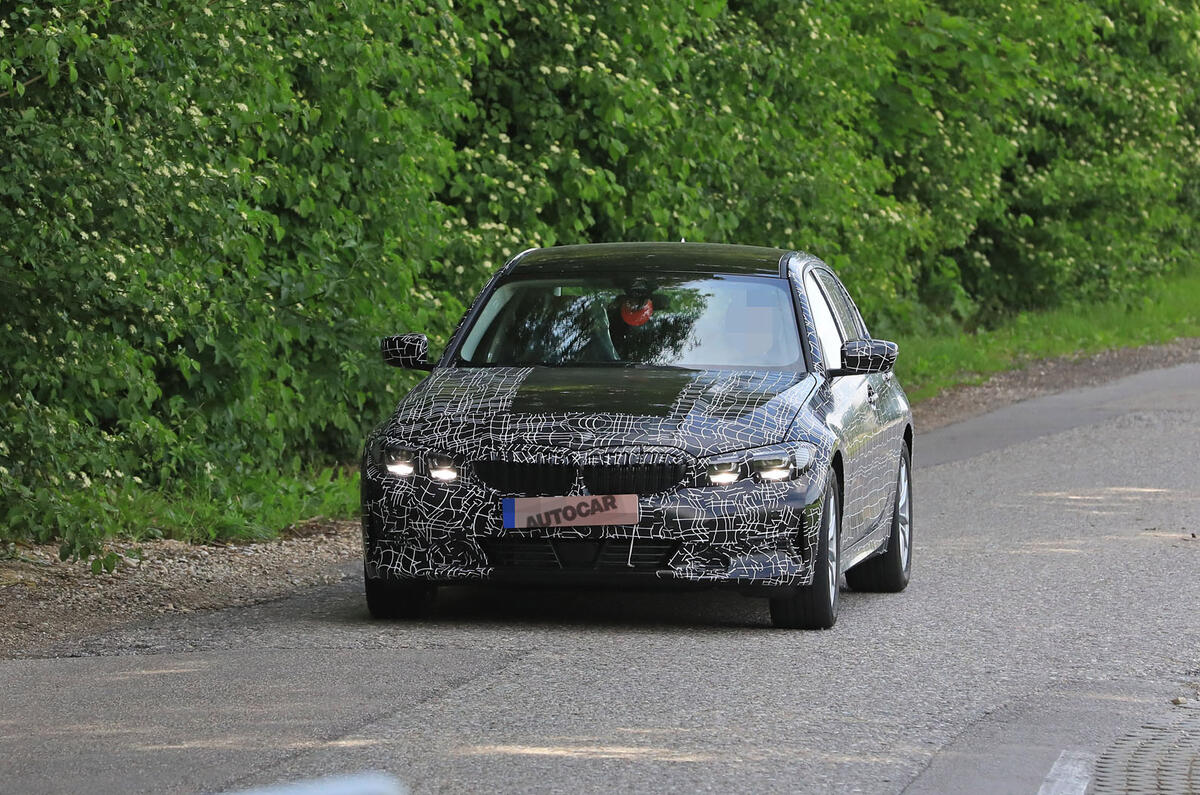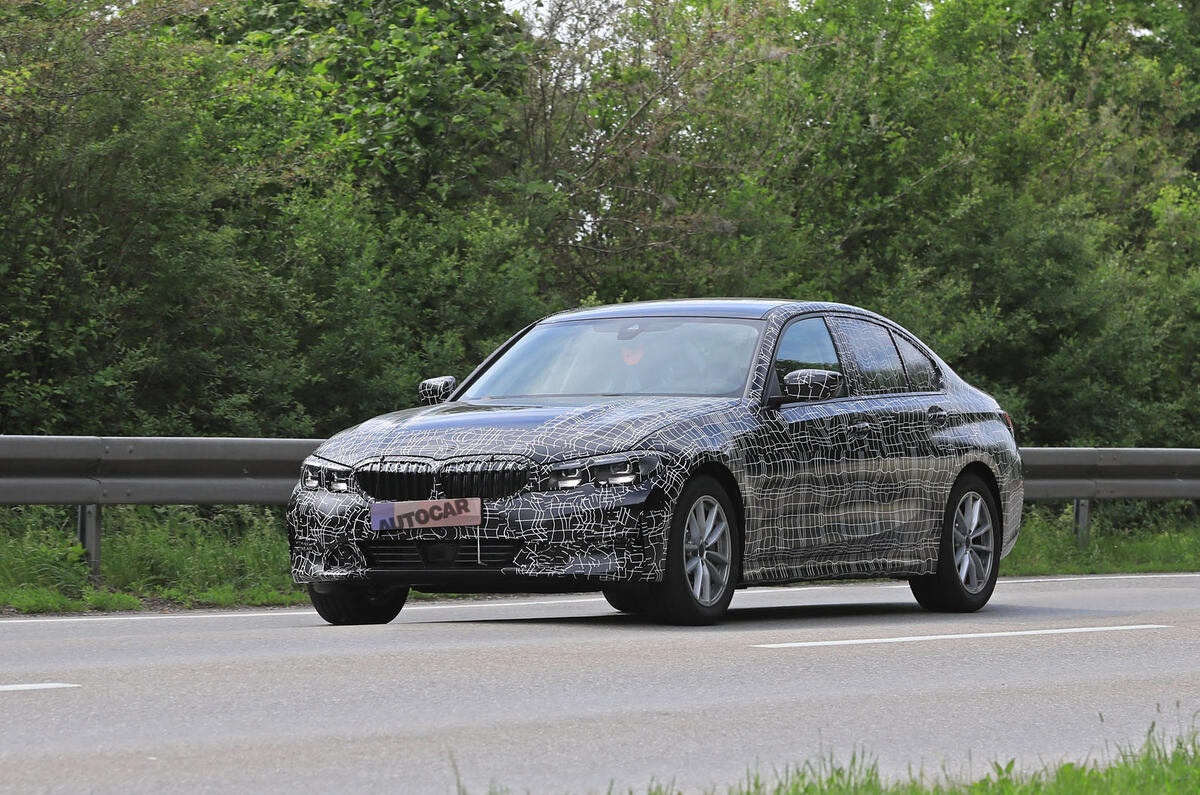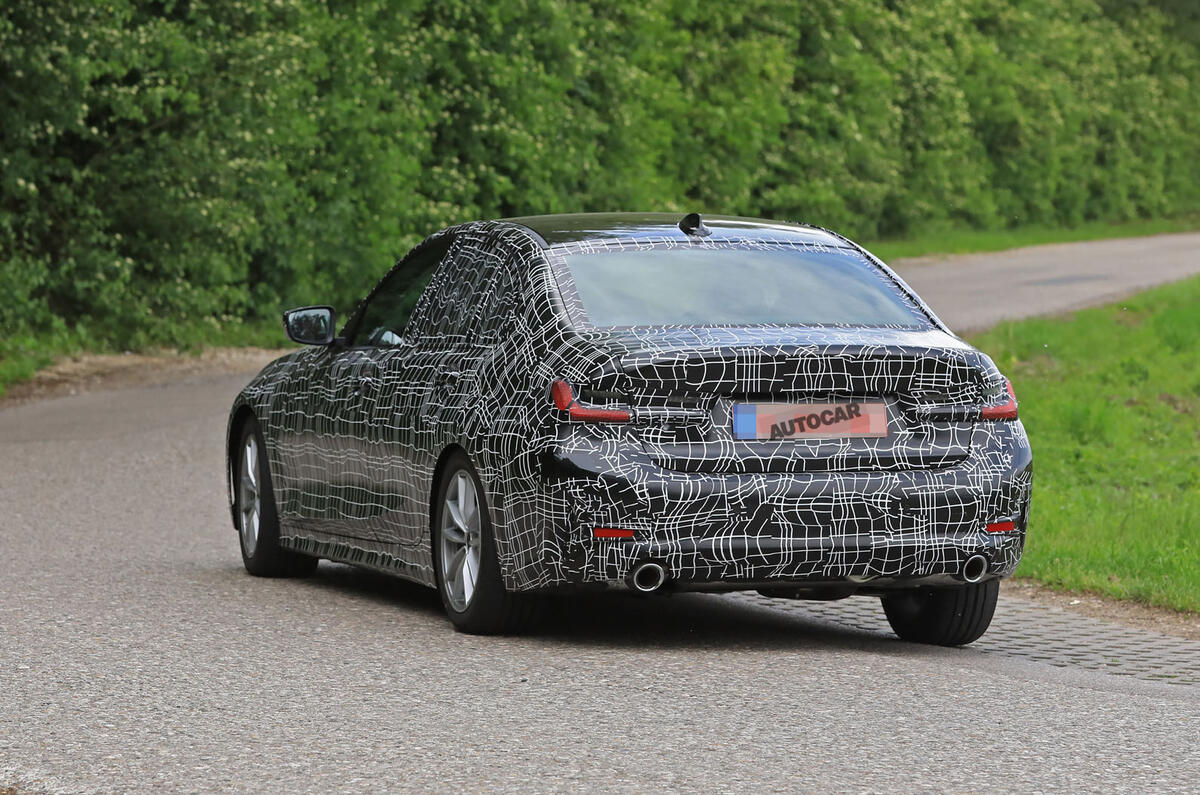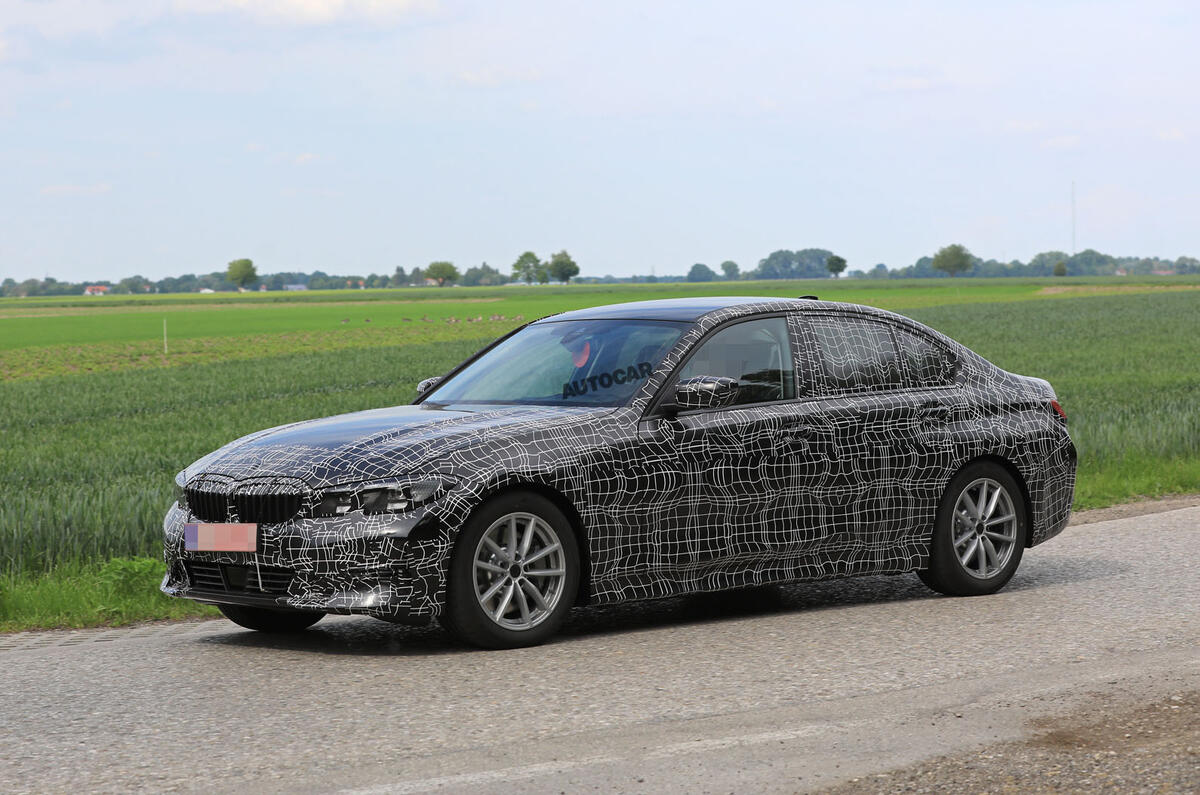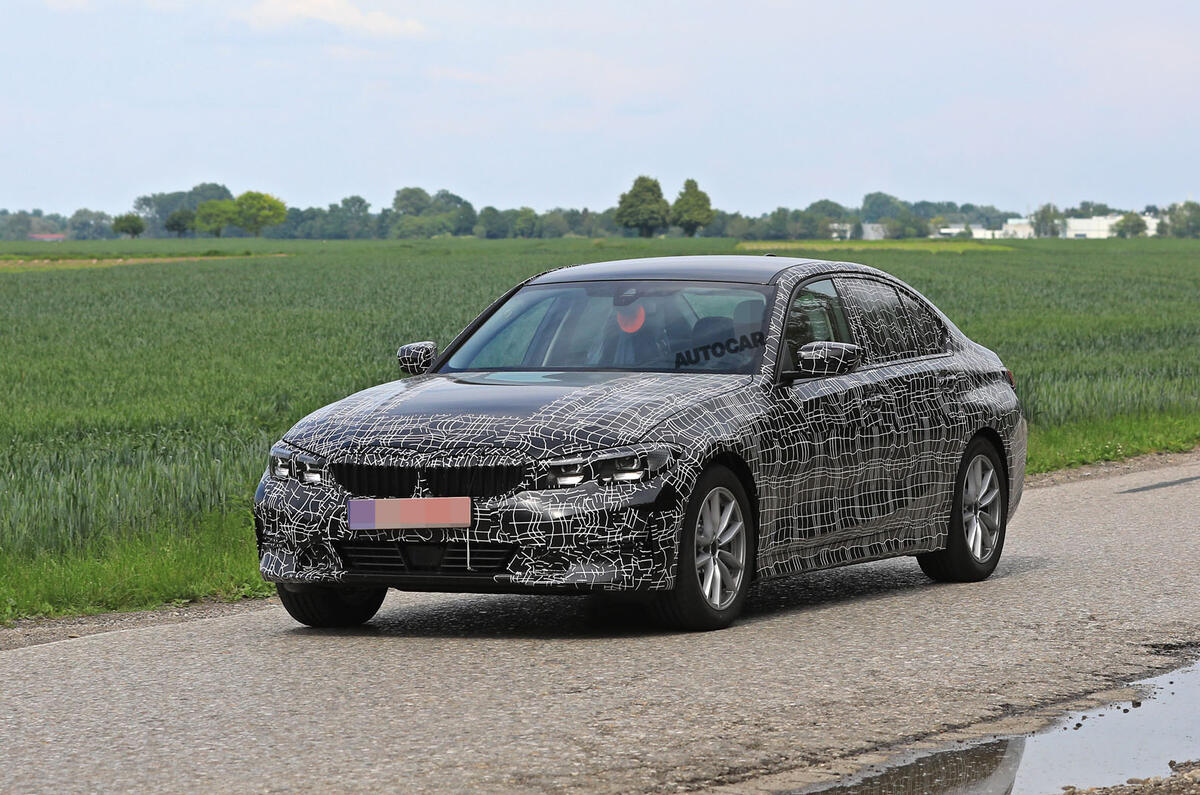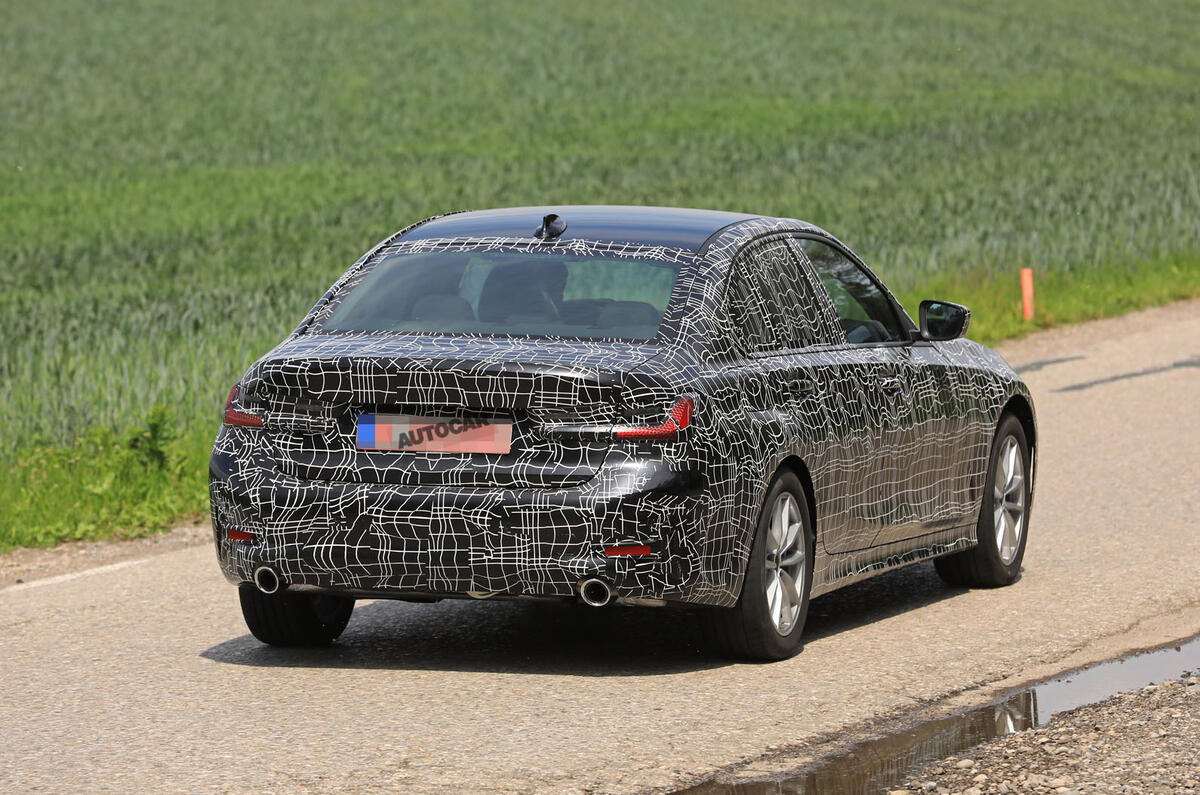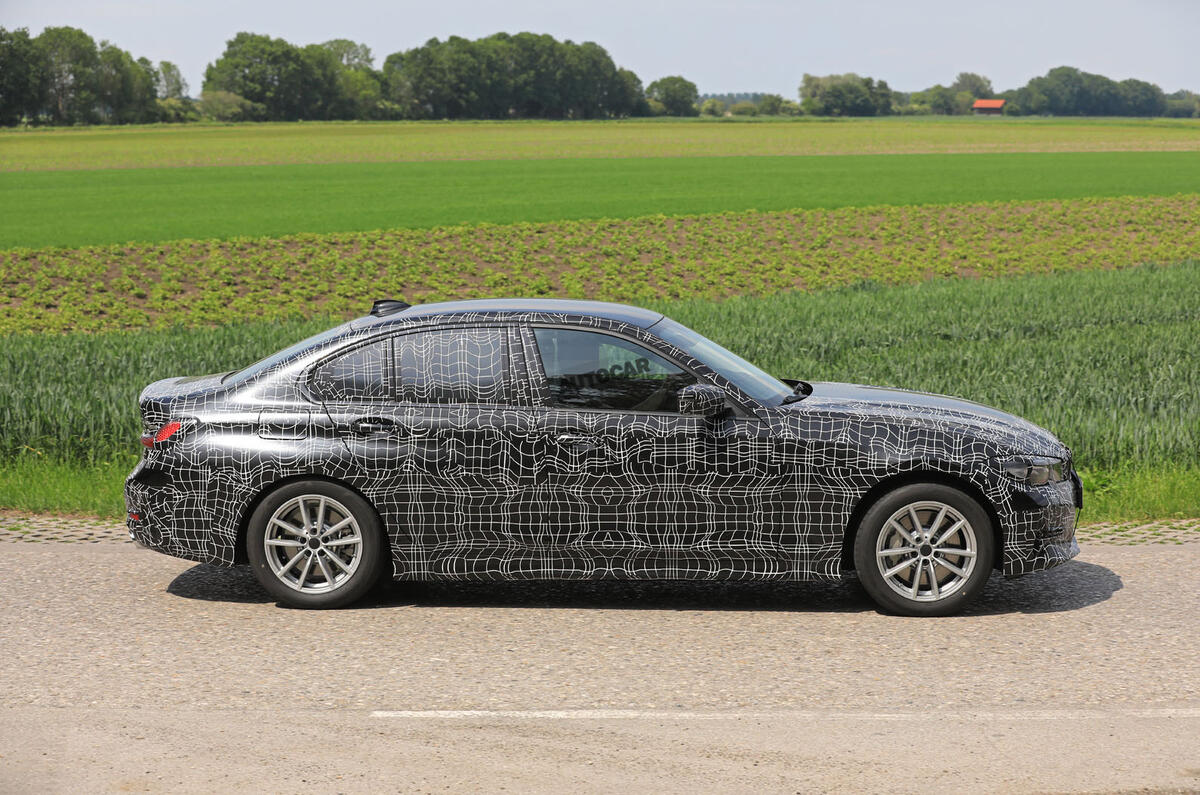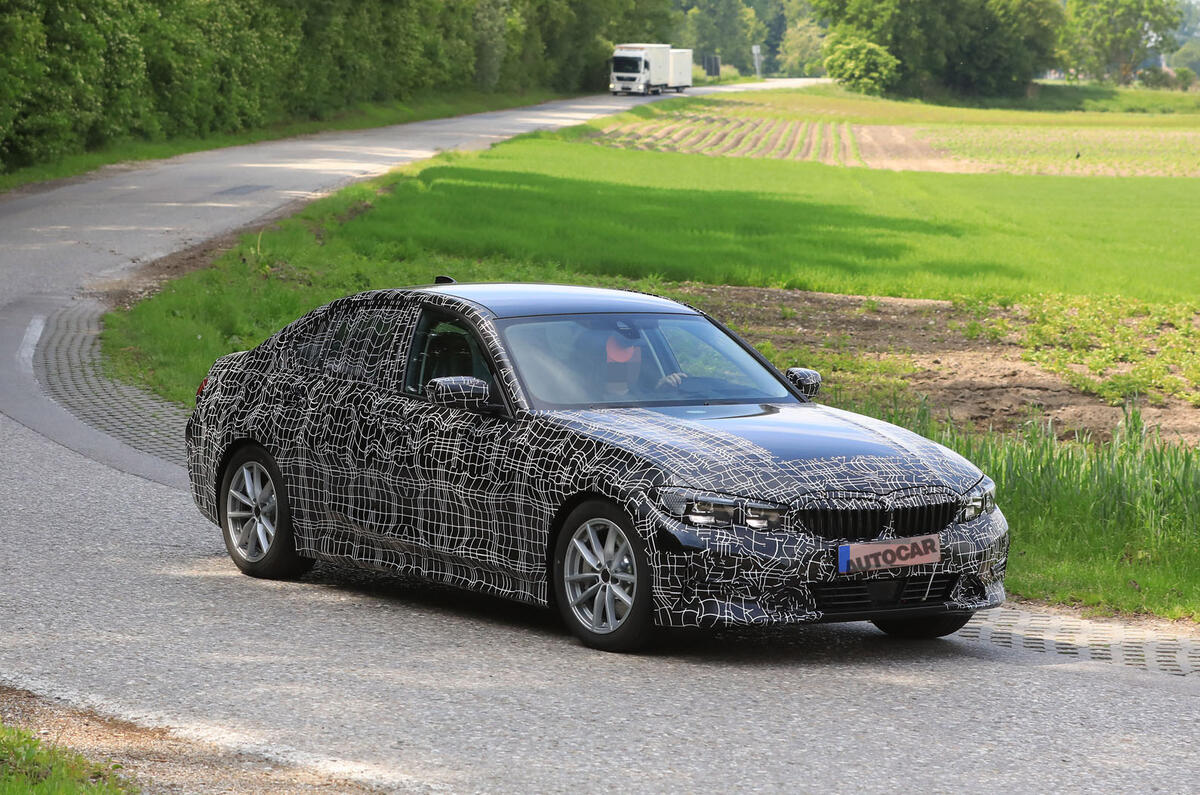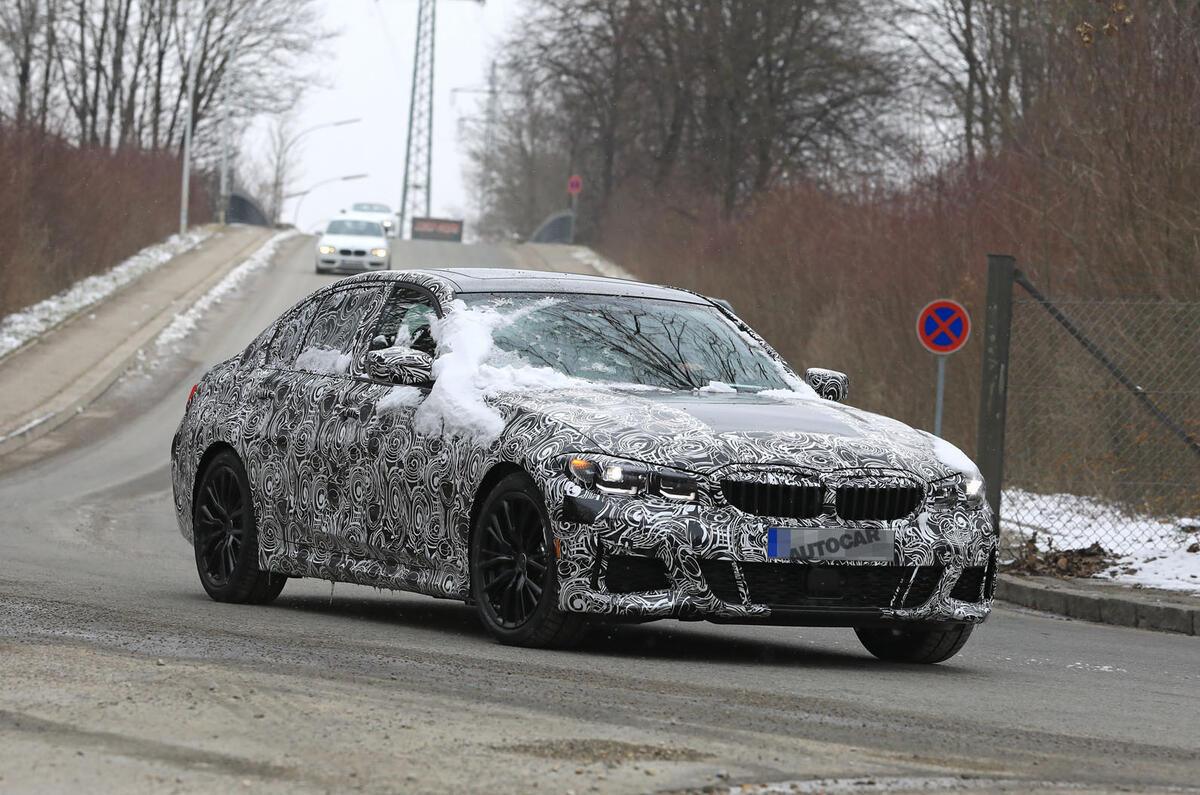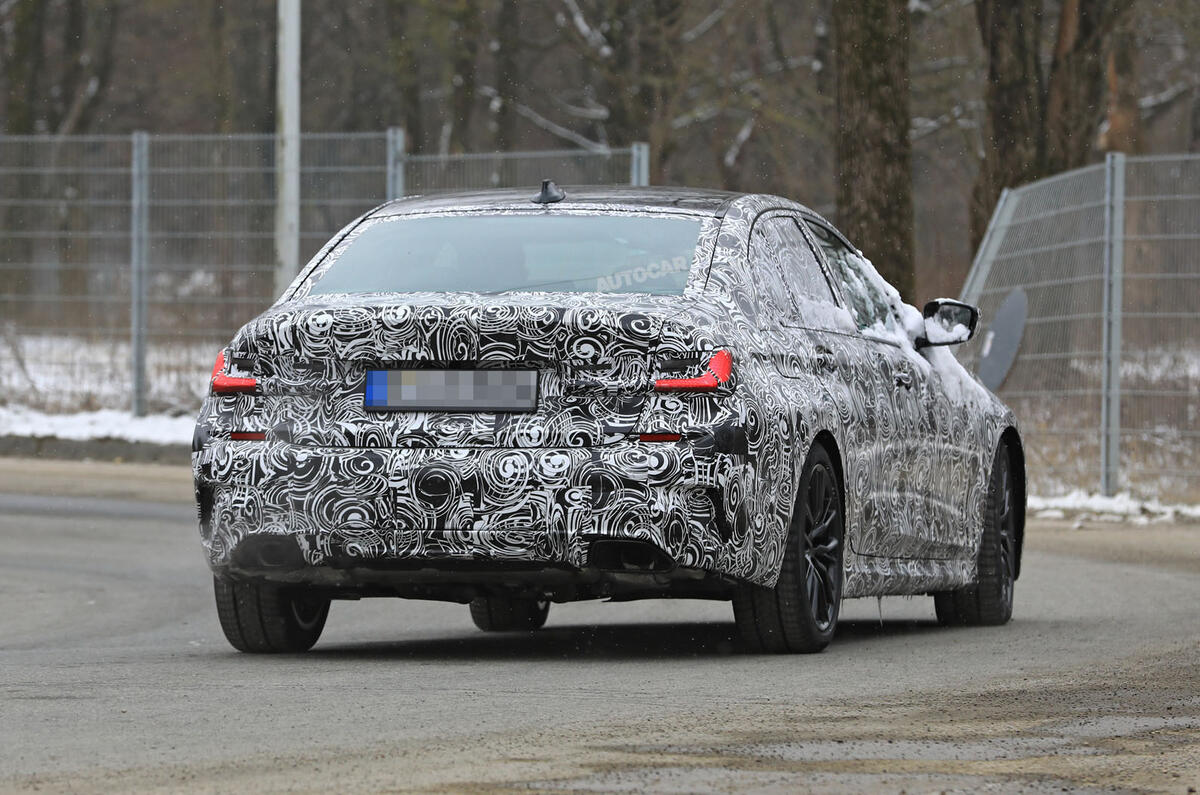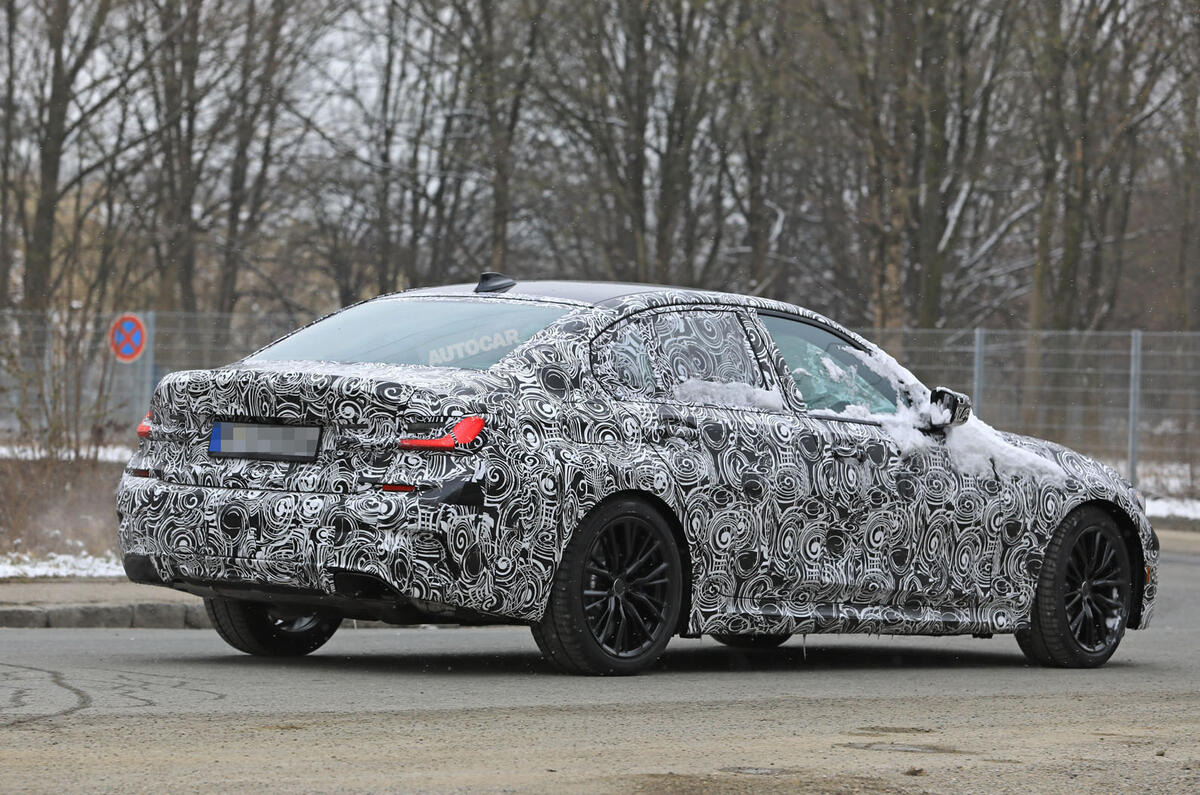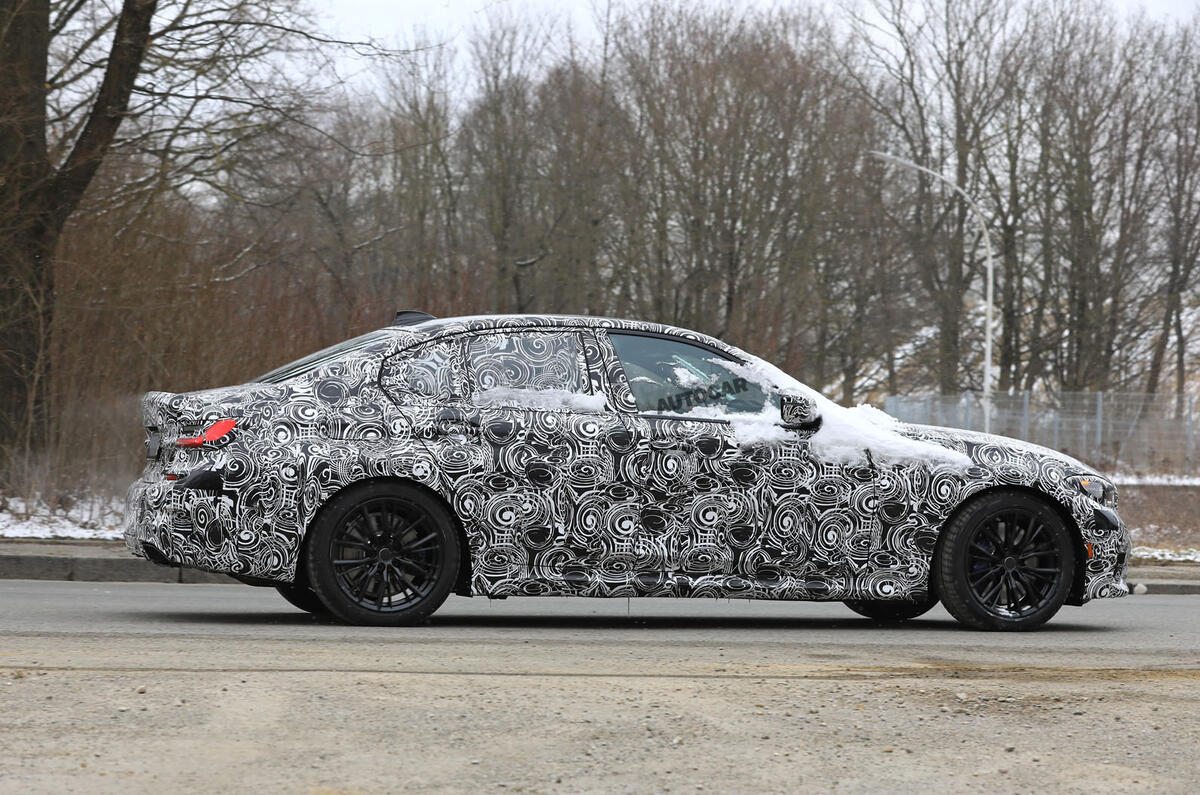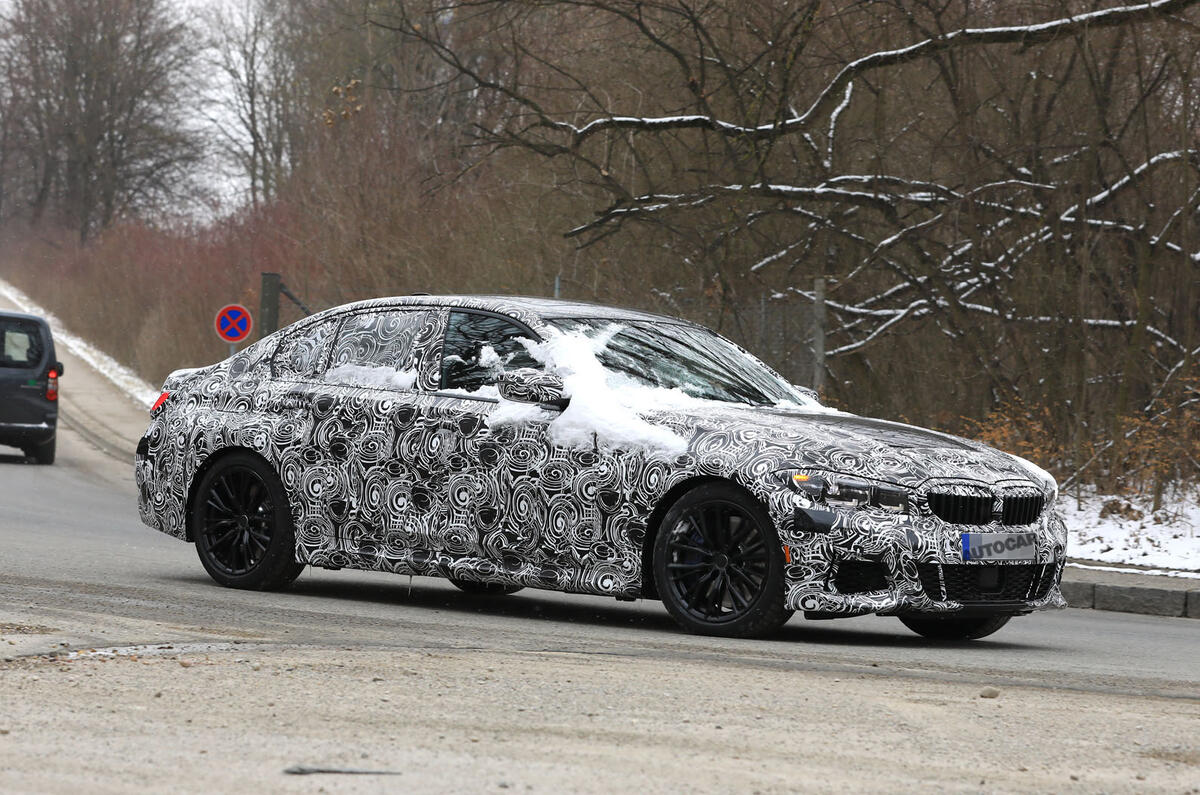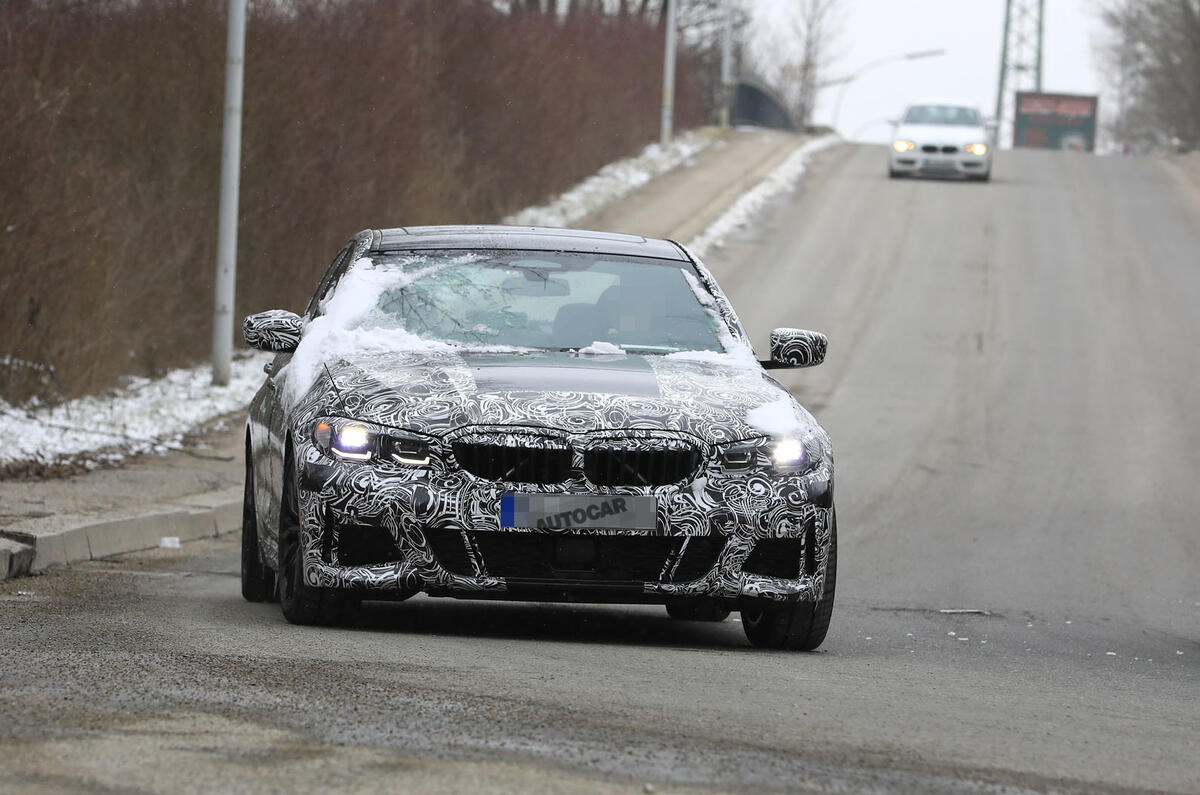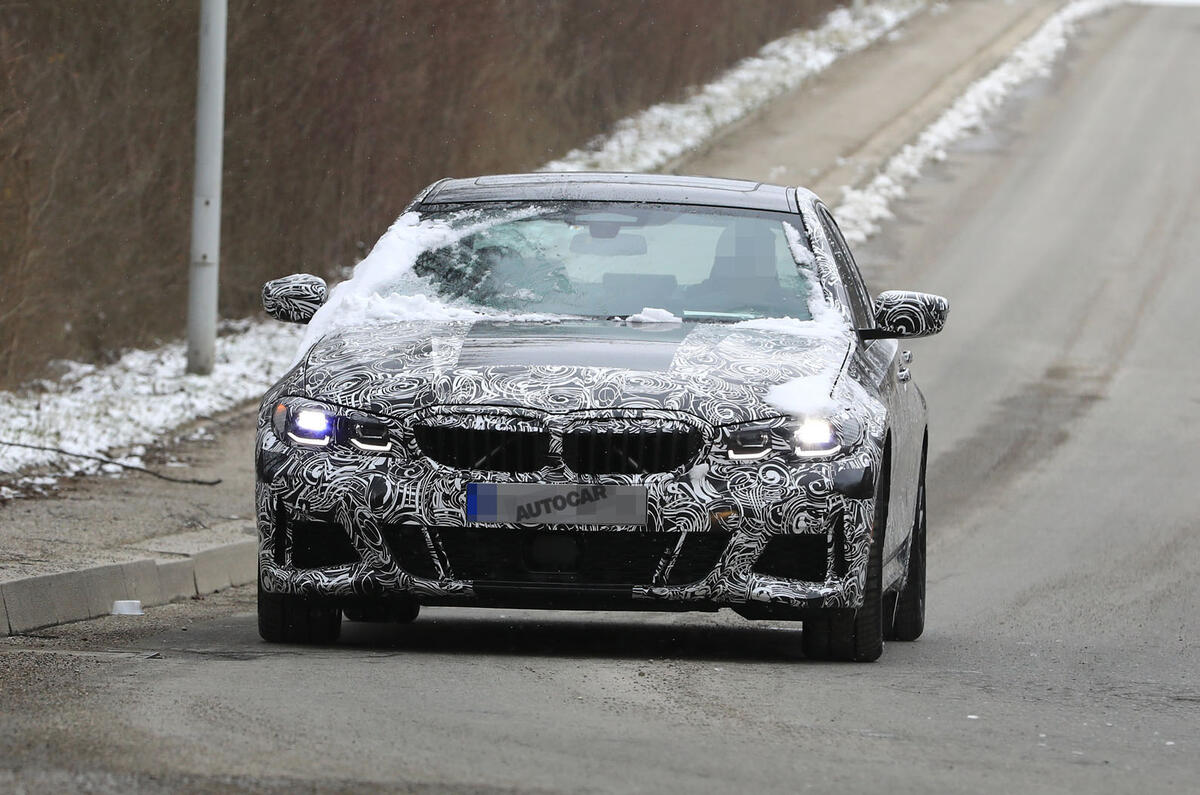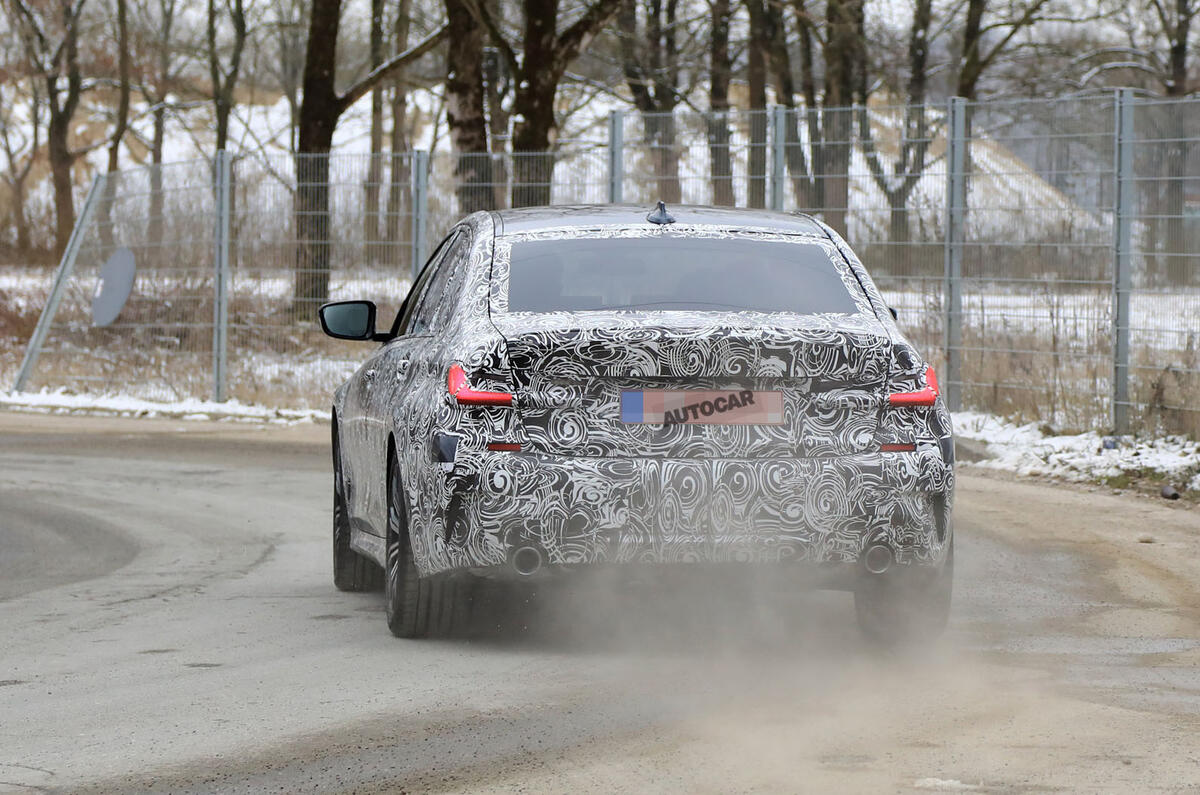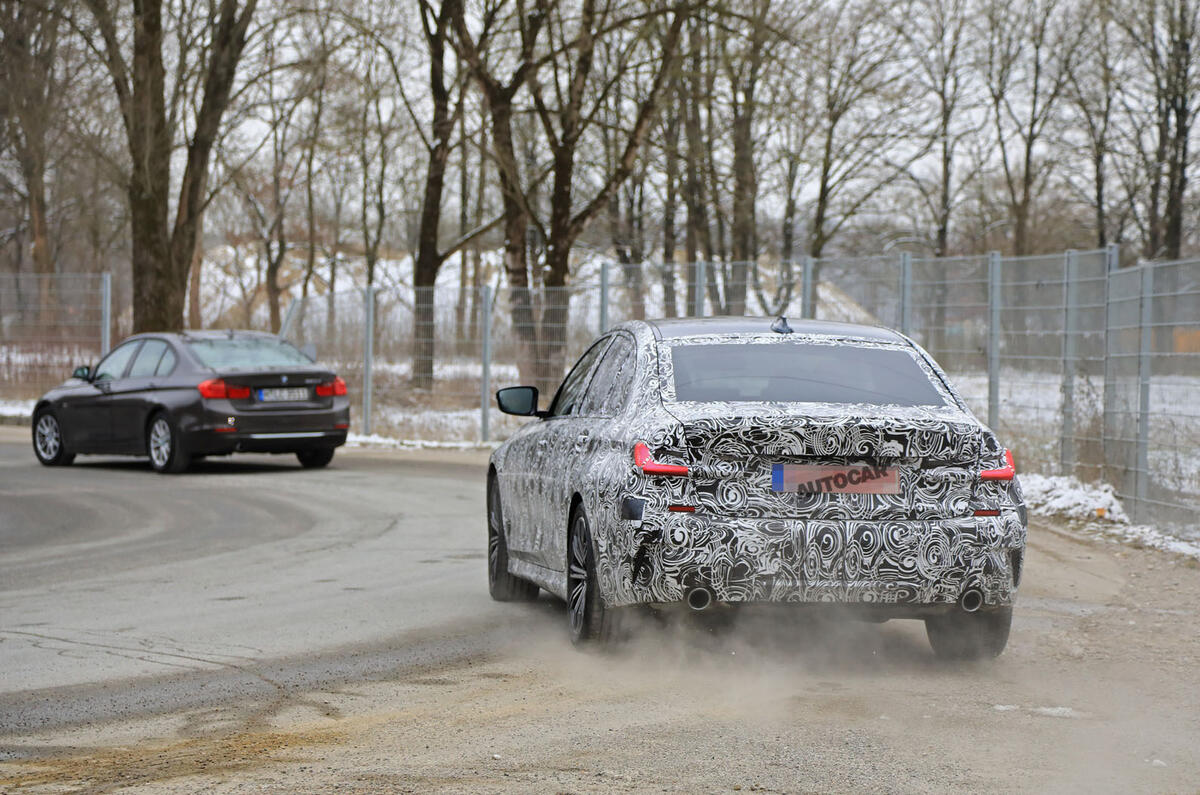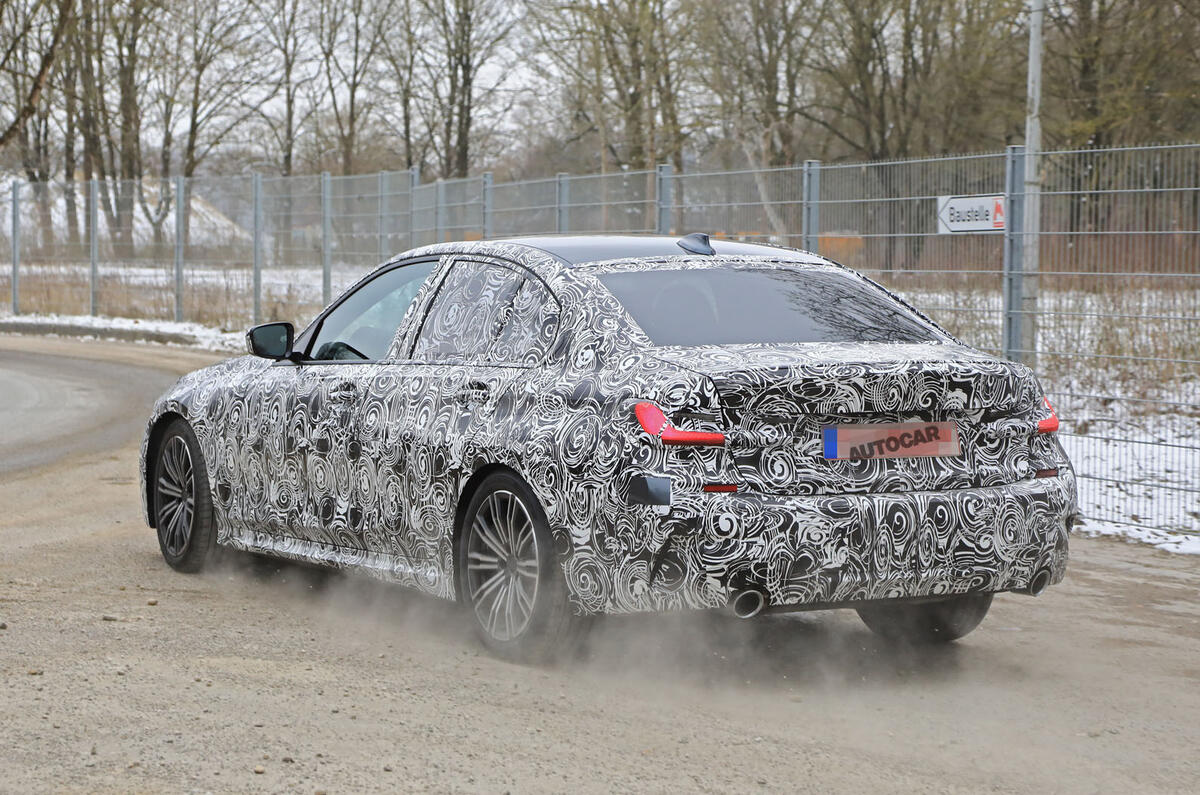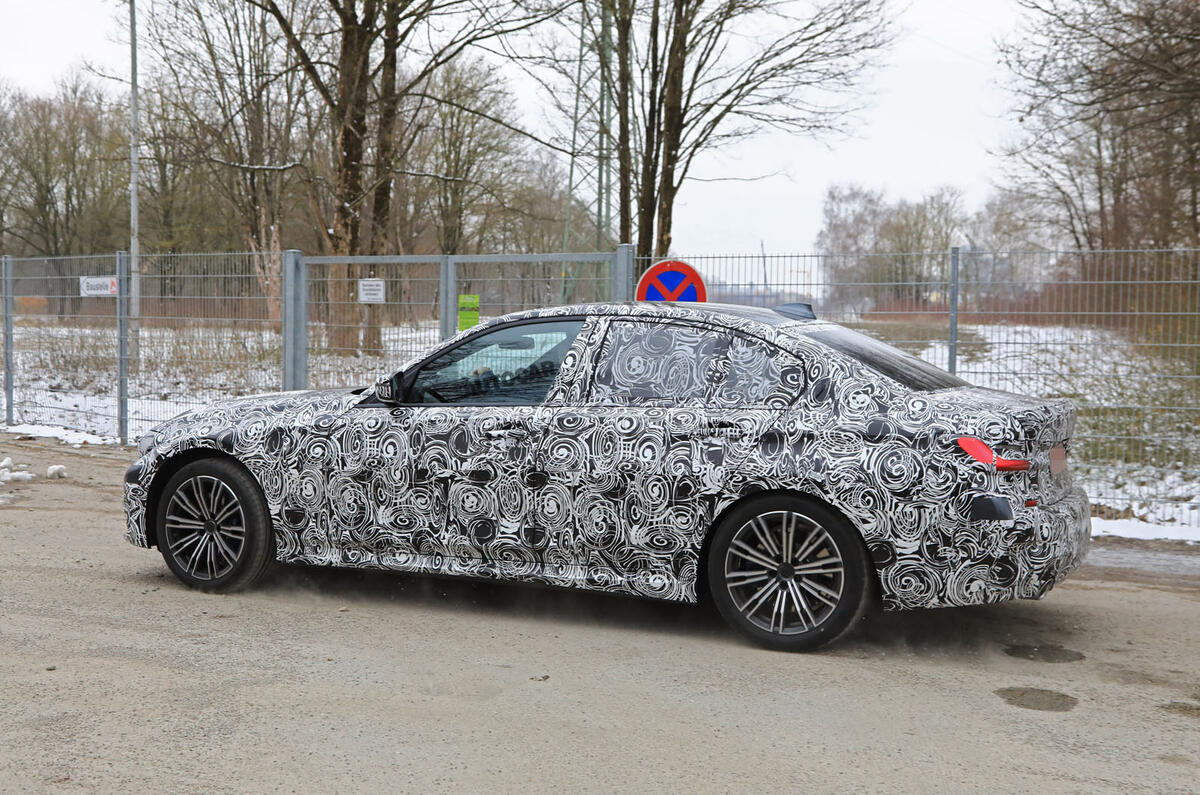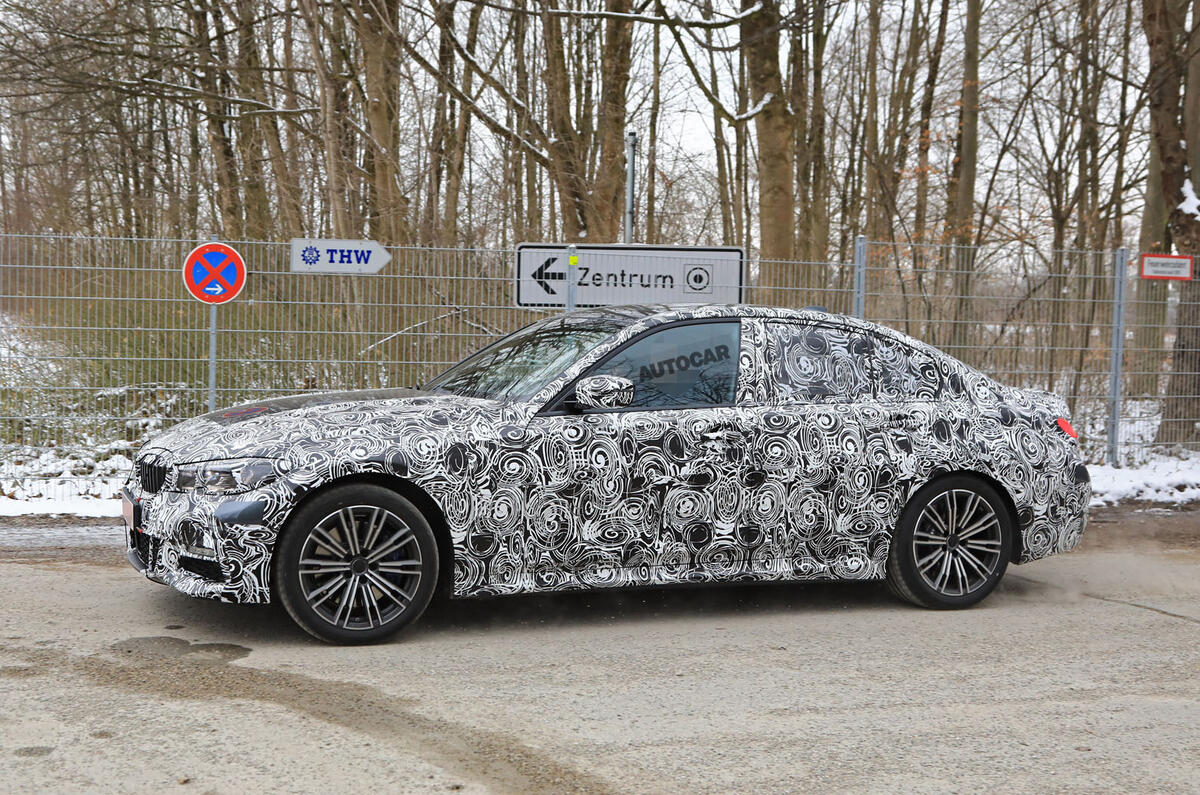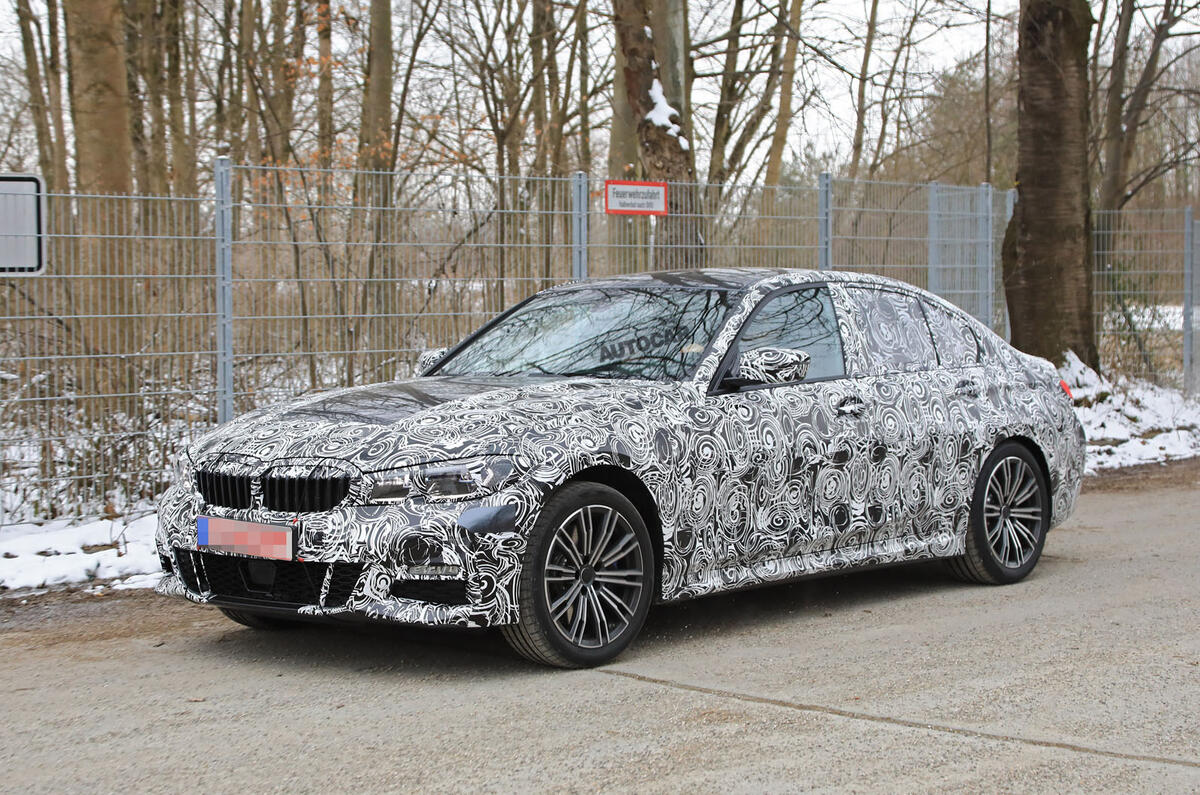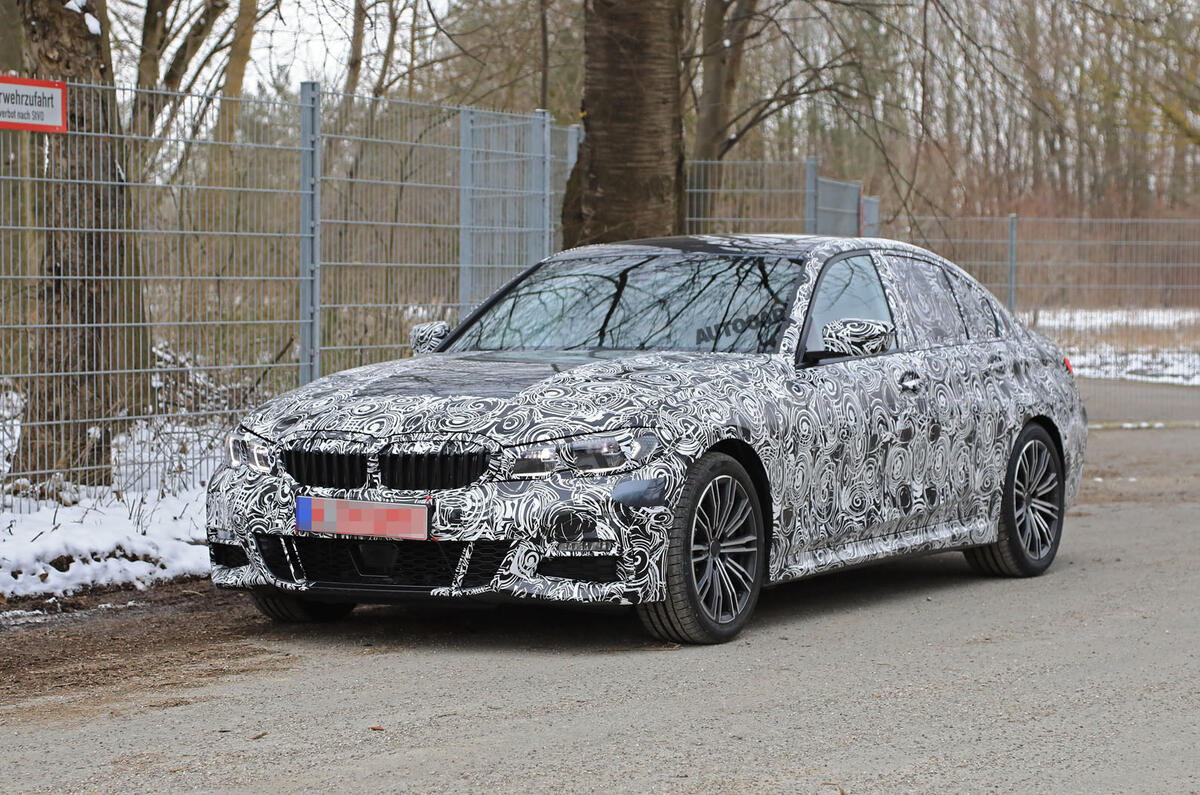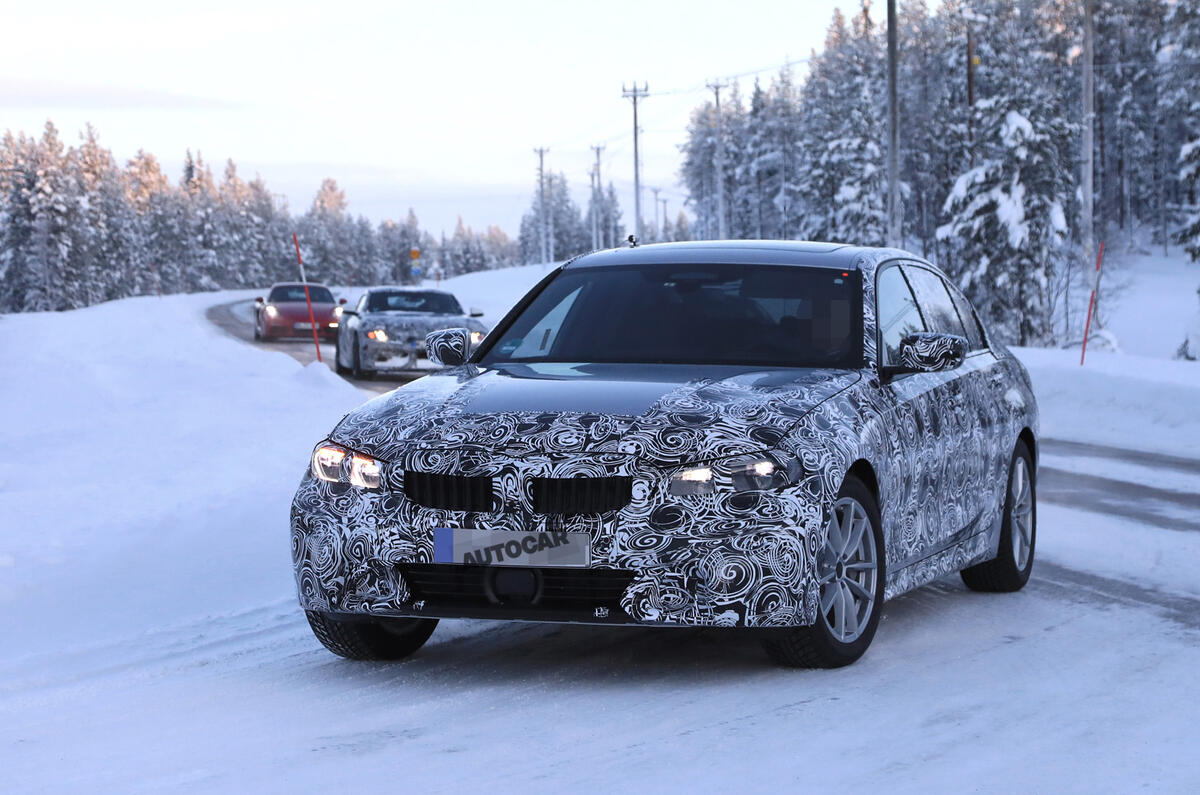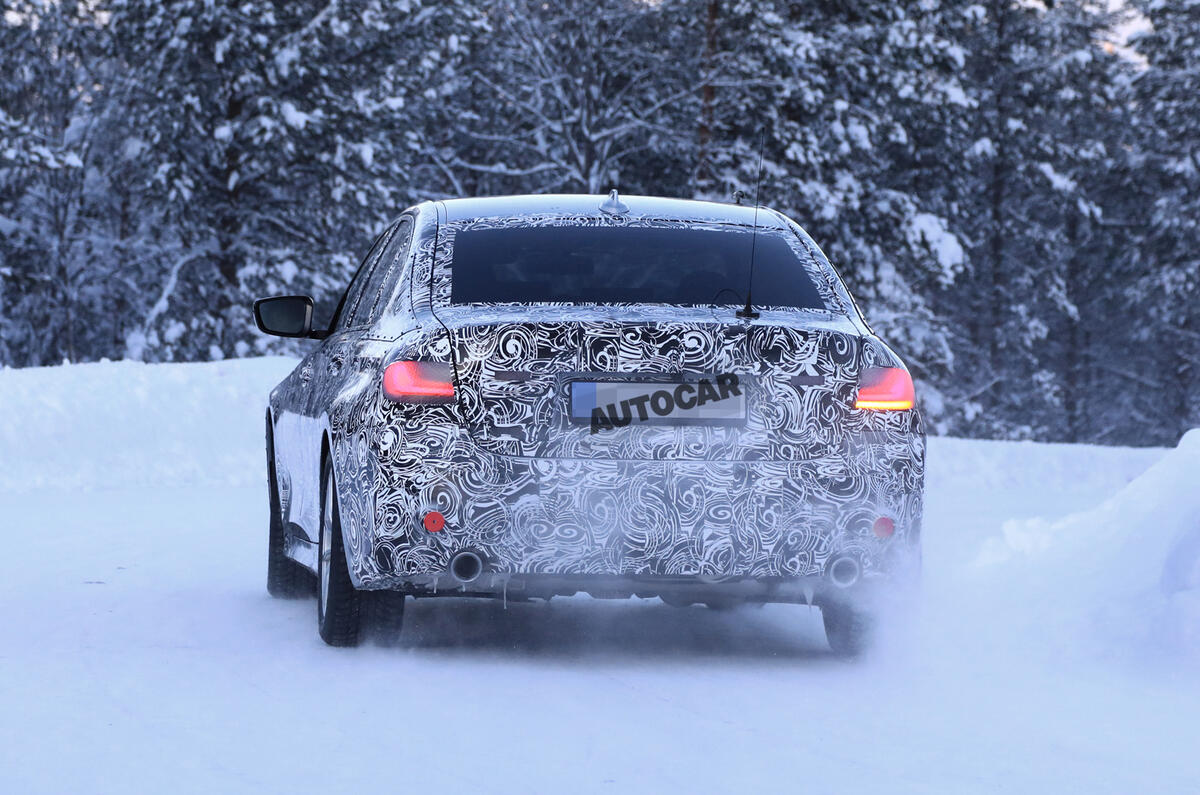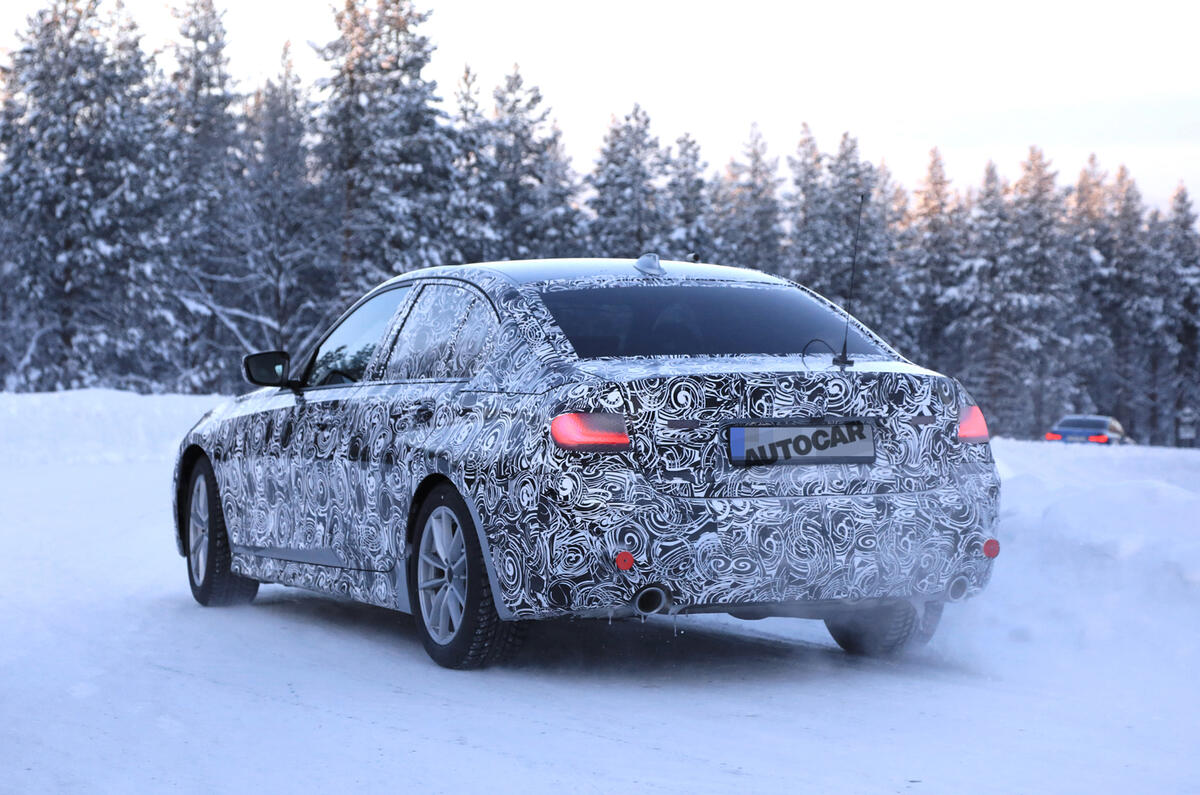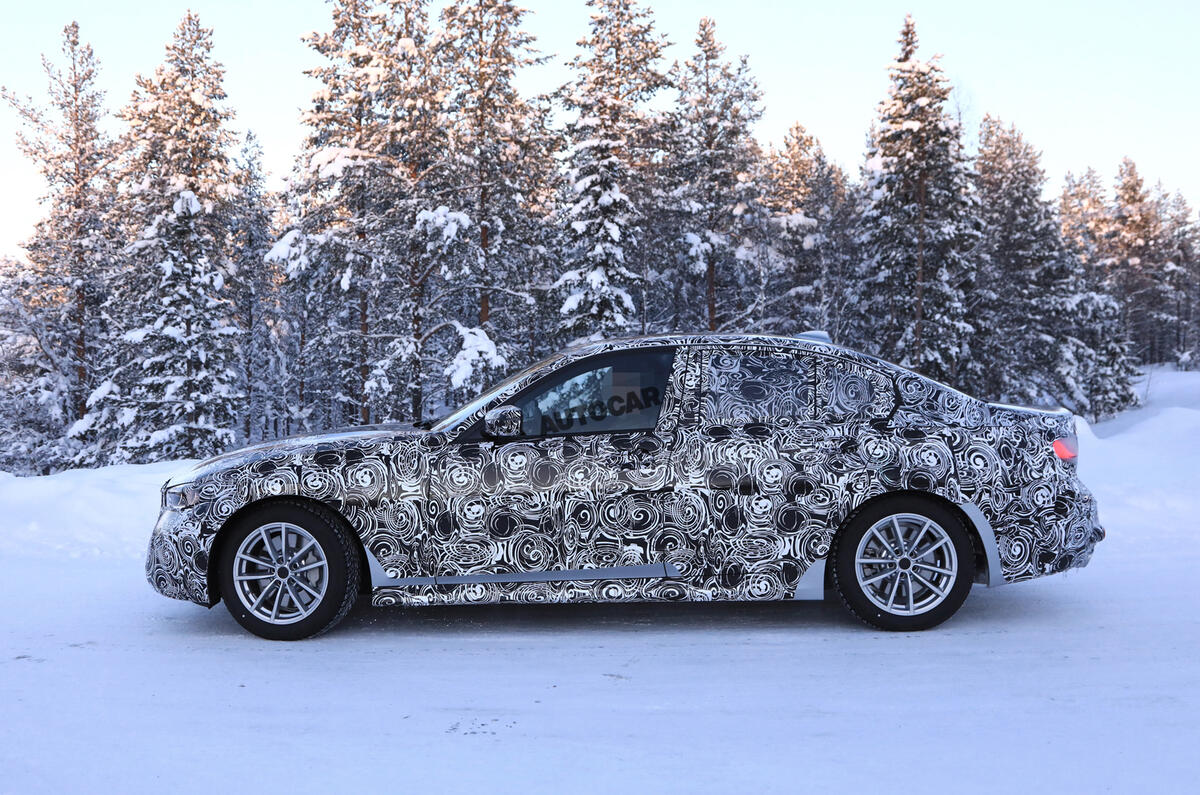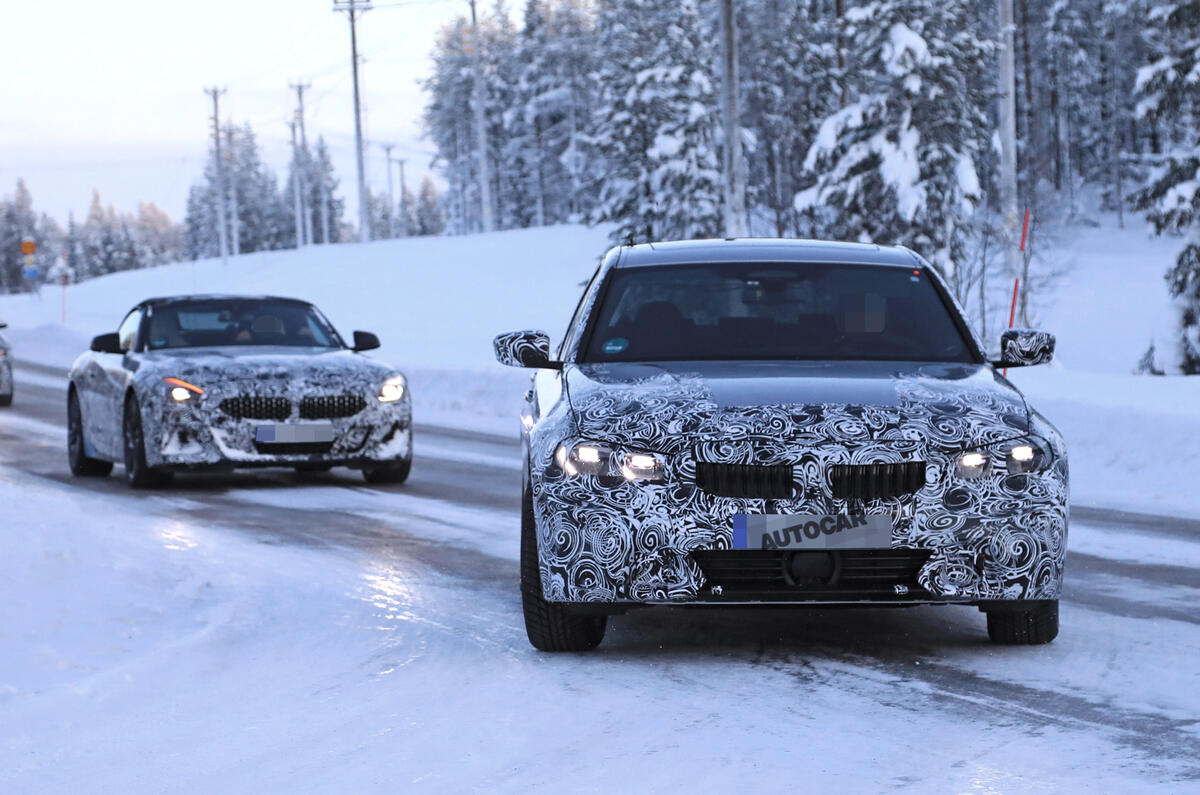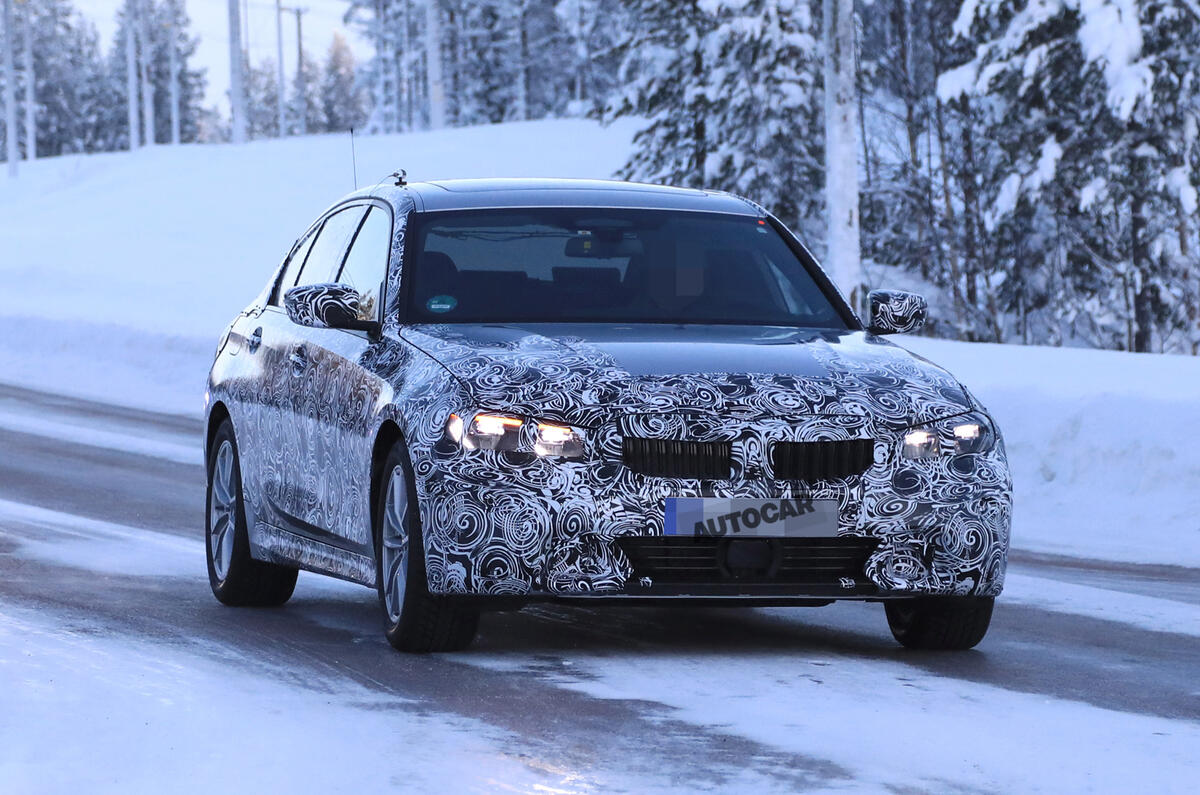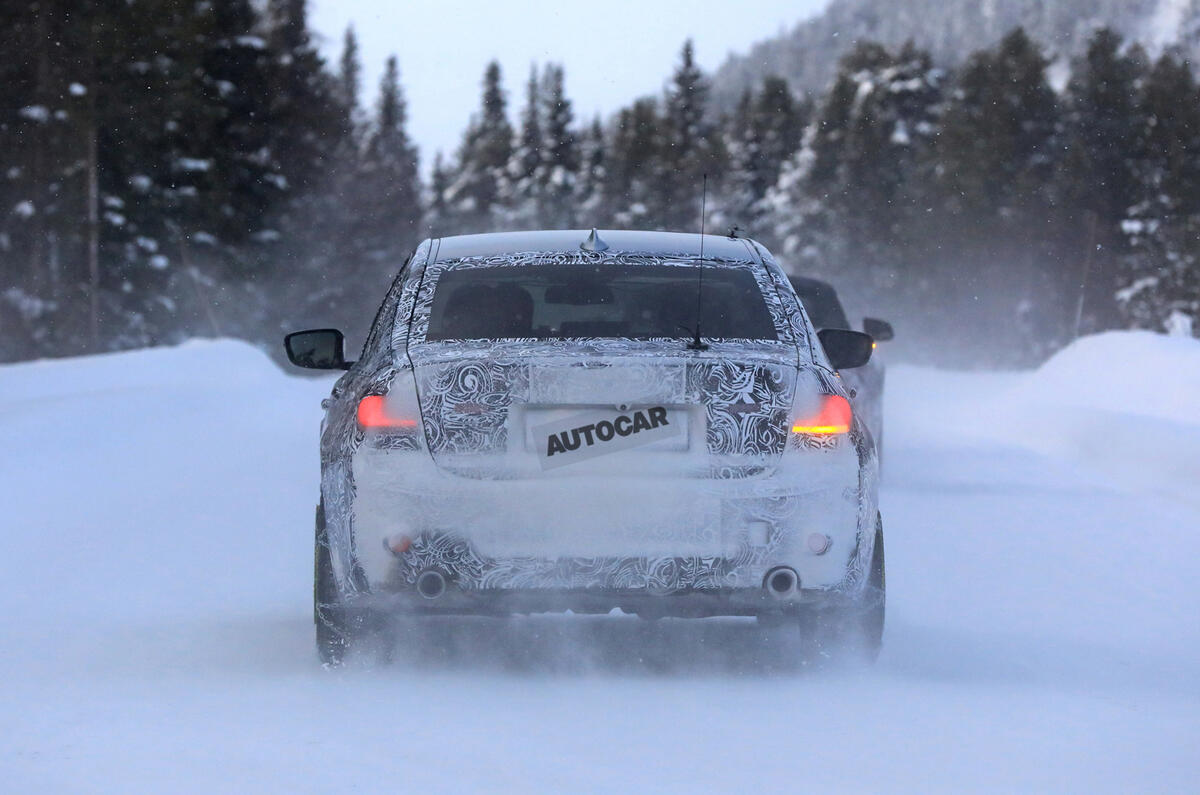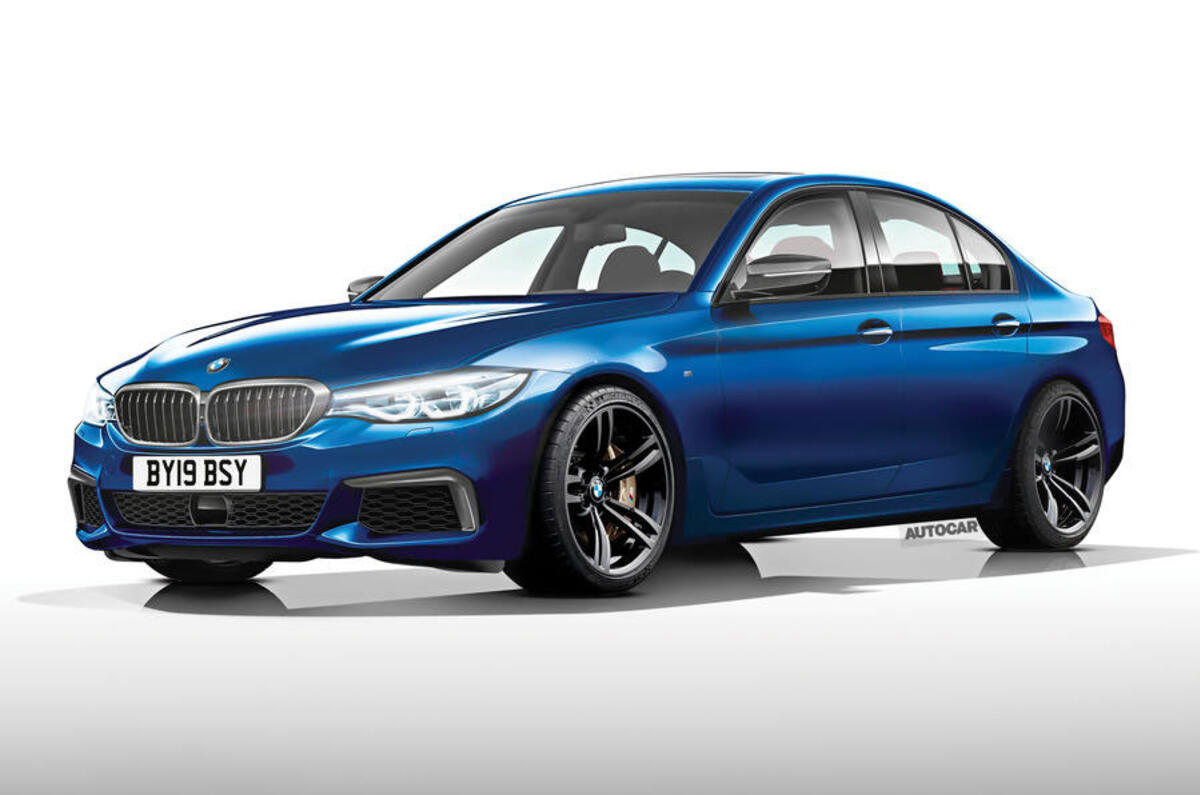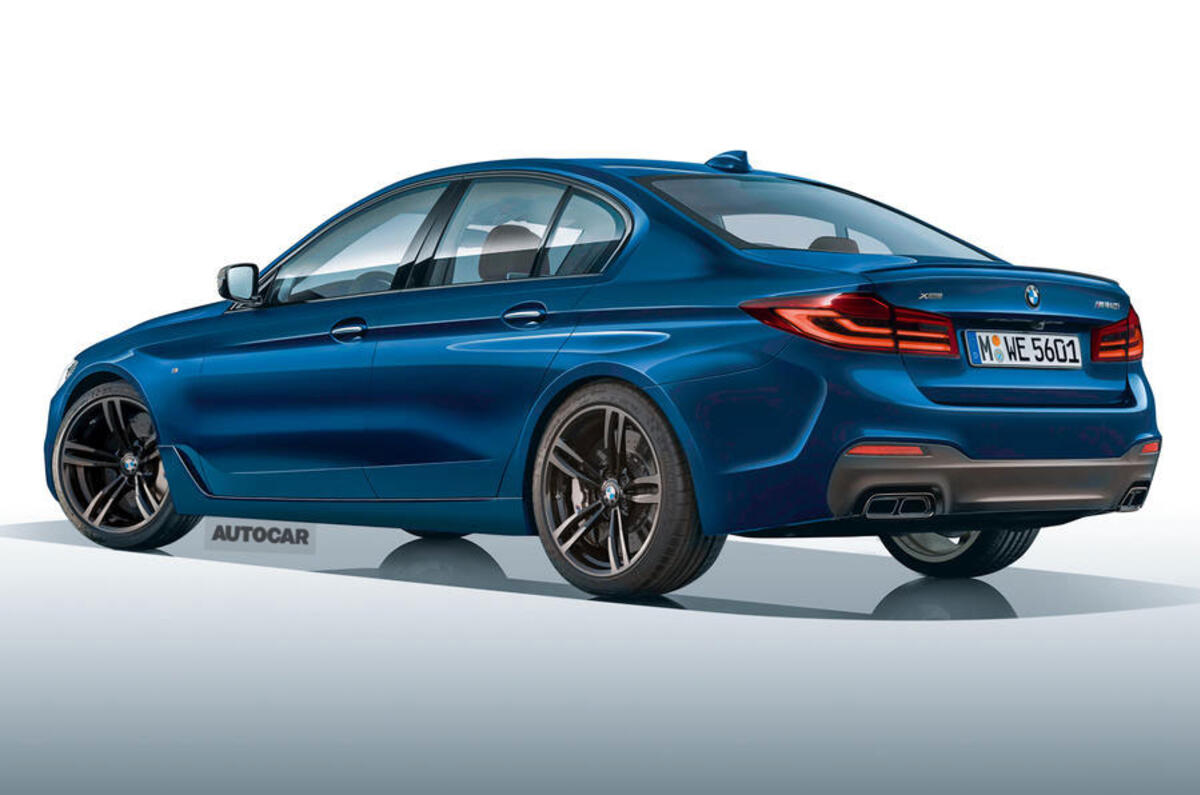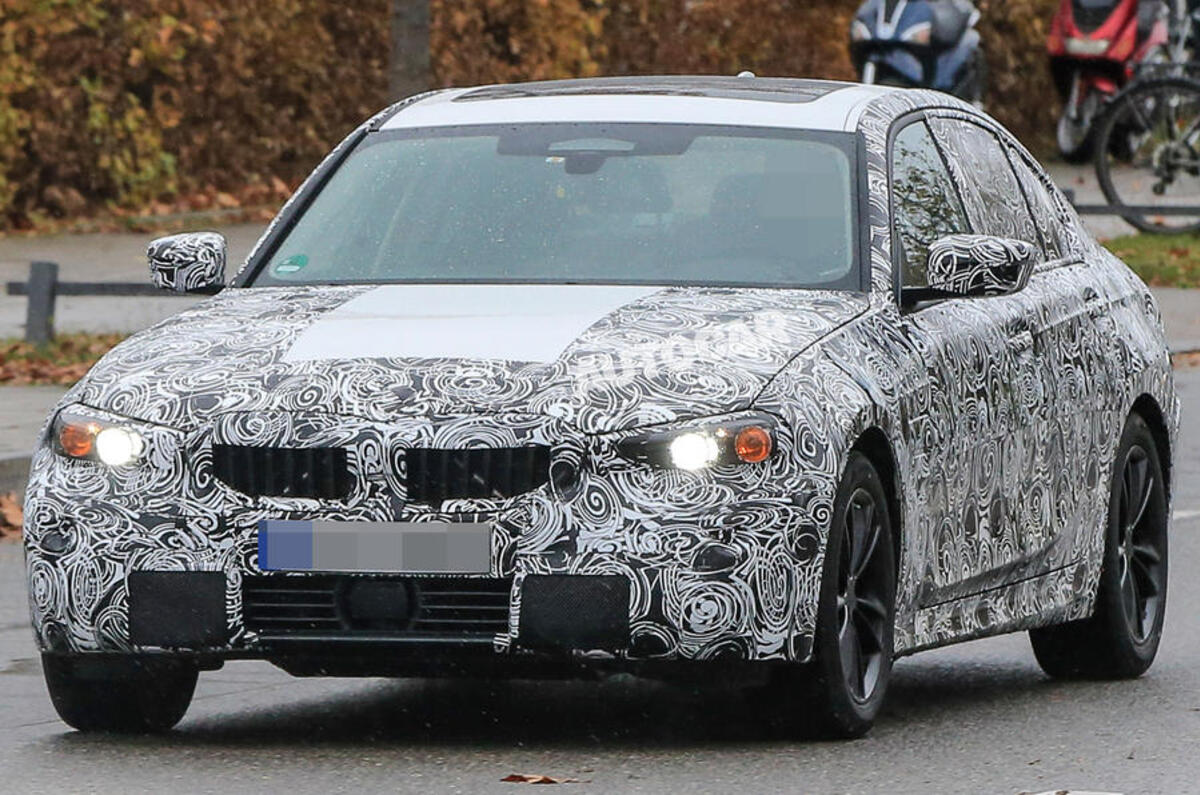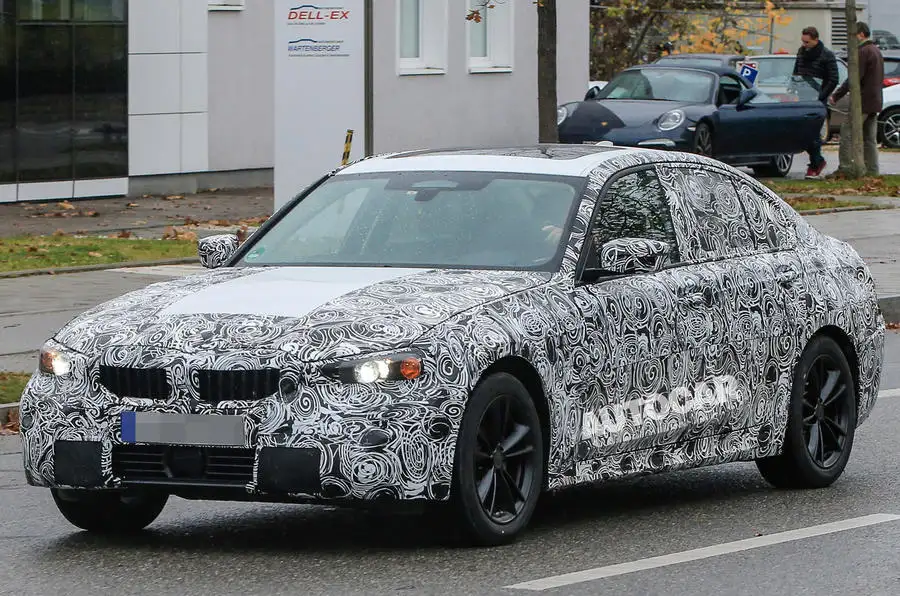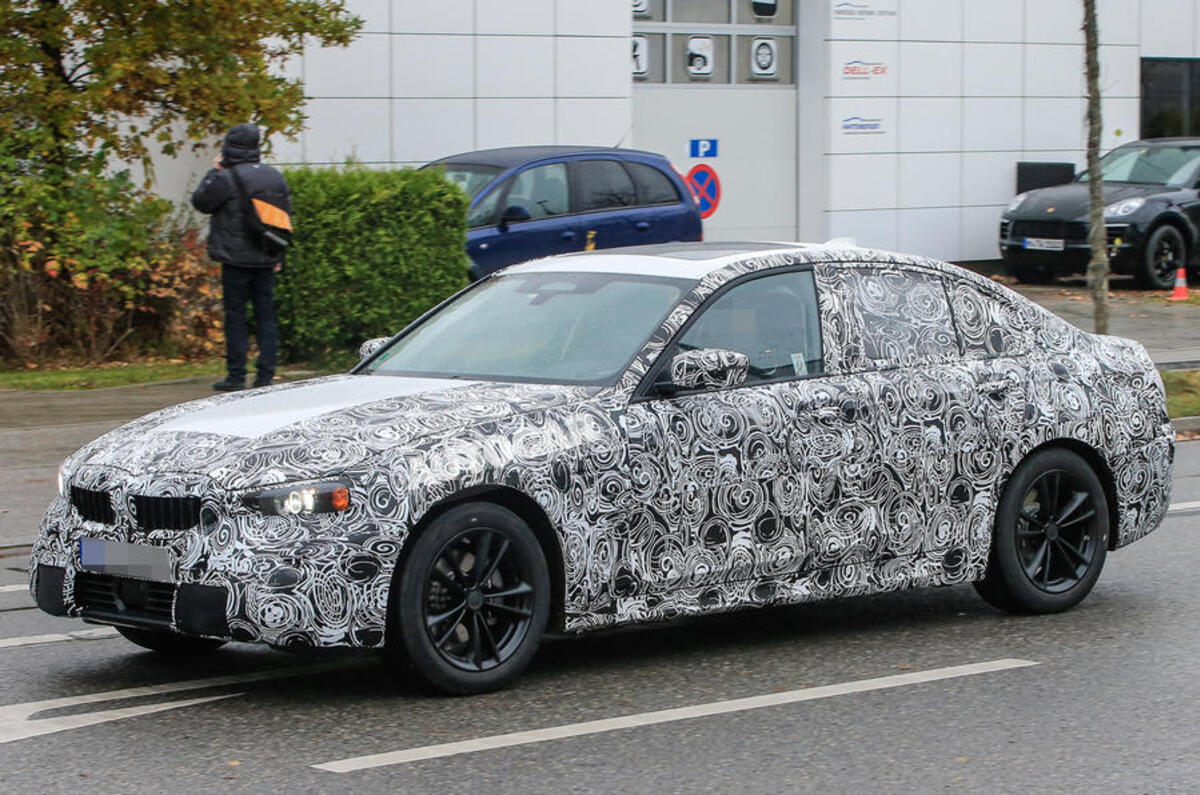BMW will take the fight to the Mercedes-Benz C-Class by engineering its next-generation 3 Series with an enhanced focus on comfort while retaining the dynamic prowess of its predecessor.
Although the 3 Series stands strong as the brand's best-selling model, it's fallen short of the hot-selling C-Class, which sold in 176,915 units to the BMW's 129,053 in 2017. As such, BMW engineers have been tasked with broadening the 3 Series's reach.
The future version will therefore be offered with more variants, including new M-division fettled versions that come with generous boosts in performance.

The first variant will be the rear-wheel drive M340i M Performance which will feature a 360bhp version of BMW’s twin-scroll turbocharged 3.0-litre inline six-cylinder petrol engine. It will be followed by a four-wheel drive M340d xDrive M Performance, which is set to receive a 320bhp version of the company’s twin-turbocharged 3.0-litre inline six-cylinder diesel engine.
Key to the expansion plan for the seventh-generation 3 Series – set to arrive next year – is the addition of two new M Performance models powered by six-cylinder engines. In a strategy mirroring that undertaken with the latest 5 Series, the new M Performance variants will go on sale shortly after more mainstream versions of the new 3 Series are launched in both saloon and estate body styles. The new derivatives will be offered as either a petrol or a diesel and will bridge the gap in the line-up that presently exists between standard six-cylinder models and BMW M’s range-topping M3 saloon.
The new performance orientated 3 Series models will be targeted at the likes of the Audi S4 quattro and Mercedes-AMG C43 4Matic. They will have individual styling touches, their own unique chassis tuning and relatively high equipment levels. Autocar can reveal they will also form the basis for the two-door M440i M Performance Coupé and M440d M Performance Coupé models, which will arrive in showrooms in 2020.
Significantly, the decision to launch the M340d xDrive M Performance model underpins plans by BMW to continue to equip the 3 Series with a full range of three-, four- and six-cylinder diesel engines, despite increasingly tight emissions legislation across Europe, including the spectre of regional bans on diesel cars from entering city centres (some of which may be implemented in Germany).
“The diesel is a critical component in our efforts to reach the 2020 climate targets,” said BMW chairman Harald Krüger. “It is very important in improving the overall efficiency of our future models.”

BMW is pulling out all the stops to ensure the new 3 Series, which goes under the internal codename G20, possesses the stylistic appeal, performance credentials, dynamic ability and overall technical prowess it needs to claw back the gains made by its keenest executive class rivals, most notably the Mercedes-Benz C-Class, which officials have described to Autocar as the clear benchmark.
Prototype saloon versions of the new 3 Series spied testing on the roads around BMW’s engineering headquarters in Munich recently indicate it will continue the company’s tradition of evolutionary design change, with an appearance that leans heavily on that of the larger 5 Series, as well as influence from the X2 SUV. The car has a more naturally sporting stance to mirror the changes beneath.
Credit for the design of the new model rests with former BMW brand design boss, Karim Habib, who moved to Infiniti last year.

As the first 3 Series model to be fully honed in BMW’s Munich-based wind tunnel, the G20 is also claimed to match the aerodynamic efficiency of the 5 Series. The most slippery body style is said to have a drag co-efficient of 0.22.
The new 3 Series has grown in most key dimensions. Nothing is official, but Munich insiders suggest overall length is up by 60mm to around 4703mm. Some 20mm of this is said to be concentrated within a lengthened wheelbase, which has increased to almost 2830mm, up from 2810mm. By comparison, the current C-Class is 4696mm in length and has a 2840mm wheelbase.
The new 3 Series is based on BMW’s latest CLAR (cluster architecture) platform – as used by all recent BMW models – and features a longitudinally mounted engine. In keeping with developments already seen on the larger 5 Series, it benefits from a range of weight-saving initiatives, including the greater use of hot-formed high-strength steel within the main body structure, to cut the already highly competitive kerbweight of today’s sixth-generation model by up to 50kg, despite the larger dimensions.

The volume of 3 Series sales rules out the use of carbonfibre, so there’ll be no Carbon Core structural developments like those seen on the headlining 7 Series.
However, BMW’s body construction specialists suggest the G20 will feature a much larger number of cast aluminium components and a greater percentage of magnesium in load-bearing areas. All told, the weight-saving developments are expected to give the lightest variant in the range, the three-cylinder 318i, a kerb weight of about 1425kg.
Together with the reduction in weight, the CLAR platform is also claimed to bring an improvement in structural rigidity that, in a move similar to that undertaken with the 5 Series, forms the basis for a change in philosophy for the chassis tuning. Recognising a growing customer desire for additional ride comfort, BMW is looking to provide standard versions of the new 3 Series with more compliant properties, in a move aimed at matching the smoothness of its key rival, the Mercedes-Benz C-Class.

Expected developments include the adoption of rear air springs on more upmarket models. However, BMW is thought to have ruled out the active four-wheel steering system (that countersteers the rear wheels at lower speeds and parallel steers them at higher speeds in the name of agility), even though the 5 Series is equipped with it.
In a continuation of the Efficient Dynamics program that has seen successive reductions in consumption and emissions across the 3 Series line-up over recent years, BMW plans to bring a series of upgrades to the petrol engine line-up of the new model.
BMW officials confirm an extension of the strategy in use today, with both three and four-cylinder units serving volume-selling 316i, 318i, 320i and 330i models in combination with either standard rear-wheel drive and optional xDrive four-wheel drive on selected variants.

Positioned above them will be a six-cylinder engine offered in both a standard, rear-wheel drive 340i and the aforementioned M340i M Performance guises.
BMW has begun to successively upgrade the petrol engines in each of its various model lines, with the recently revealed 2 Series Active Tourer facelift being the most recent model to bear the tweaks. Measures such as a new injection system, a particulate filter to lower NOx levels, a revised belt drive system and more efficient cooling measures are claimed to bring moderate increases in power and torque.
Together with the reduction in kerbweight promised by the new CLAR underpinnings, the reworked petrol units are also said to offer consumption and emission savings of up to 5% across the model line-up.

Unclear at this stage are BMW’s plans to introduce water injection as part of the raft of revisions. First introduced on the six-cylinder unit used by the M4 GTS, and also tested by Autocar on a prototype version of the smaller three-pot unit fitted to the 118i, the water injection system brings proven performance and efficiency gains. However, it also requires the addition of a water tank close to the engine, which in turn complicates packaging.
Accompanying the petrol units will be range of diesels. Adopting developments first seen on the 2.0-litre unit used by today’s 325d, each new oilburner will receive two-stage turbocharging and a selective catalytic reduction (SCR) filter as part of BMW’s efforts to reduce emissions.
At the same time, BMW plans to increase the pressure of the common-rail injection system used by each of its diesel engines from 2000 to 2200 bar in the smaller three-cylinder units and from 2000 to 2500 bar in the four-cylinder engines, with the exception of the unit to be used by the new 325d, which will run pressures of up to 2700 bar.

Autocar’s sources suggest the 1.5-litre three-cylinder powered 316d will gain 21bhp at 136bhp, instead of the 115bhp of today’s model. Above it, the 2.0-litre four-cylinder will continue to be offered in three distinct states of tune, developing an added 13bhp in the 318d at 163bhp, some 14bhp more in the 320d at 204bhp and a claimed 14bhp extra in the 325d at 238bhp.
The Bavarian manufacturer is also planning to equip up to three new 3 Series variants with an upgraded version of today’s 3.0-litre inline six-cylinder diesel. They include the standard 330d and 340d, as well as the aforementioned M340d xDrive M Performance diesel flagship.
The current 3 Series saloon, designated F30, has been on sale since 2012, and the 4 Series (F32) coupé since 2013.
More content:
